QUIZ: Are You Knowledgeable Enough To Pass Our Early Human History Test?
Whenever historical documentaries are released, they tend to overly focus on specific periods. Even 20 years ago, it was hard not to notice the History Channel’s fixation on World War II. But even wider looks at the popular periods of study are typically limited to the days of Ancient Rome or the ages referenced in The Bible.
But there was far more going on in what we tend to describe as the “prehistoric” human era than many realize. And that’s why we’re finding out how much you know about it! Keep reading to learn more.
What is believed to be the world’s oldest story?

A. The Torah
B. The Book Of Ashurbanipal
C. The Epic Of Gilgamesh
D. The Chronicles Of Sargon
Answer: The Epic Of Gilgamesh
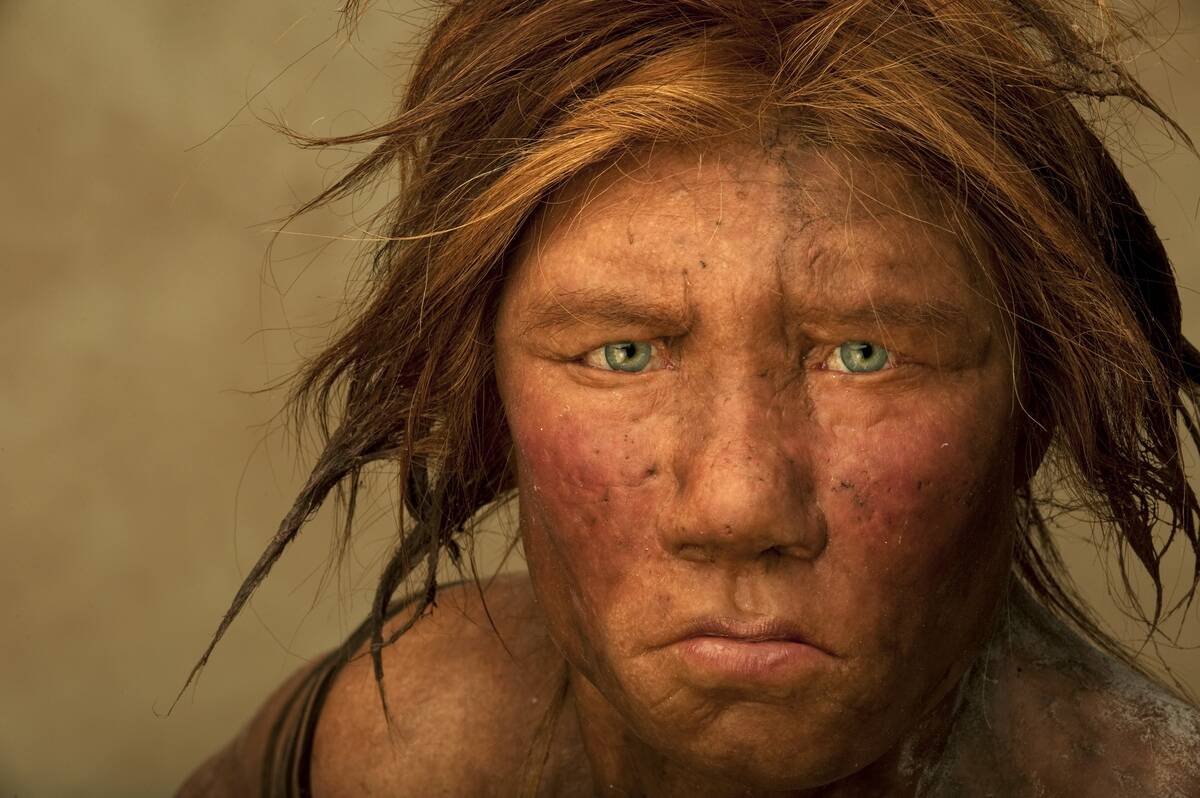
According to Time, The Epic of Gilgamesh dates back at least 5,000 years to ancient Mesopotamia. To date, archaeologists have not uncovered a story older than the Sumerian epic poem.
What is the scientific name for the first known human ancestor?
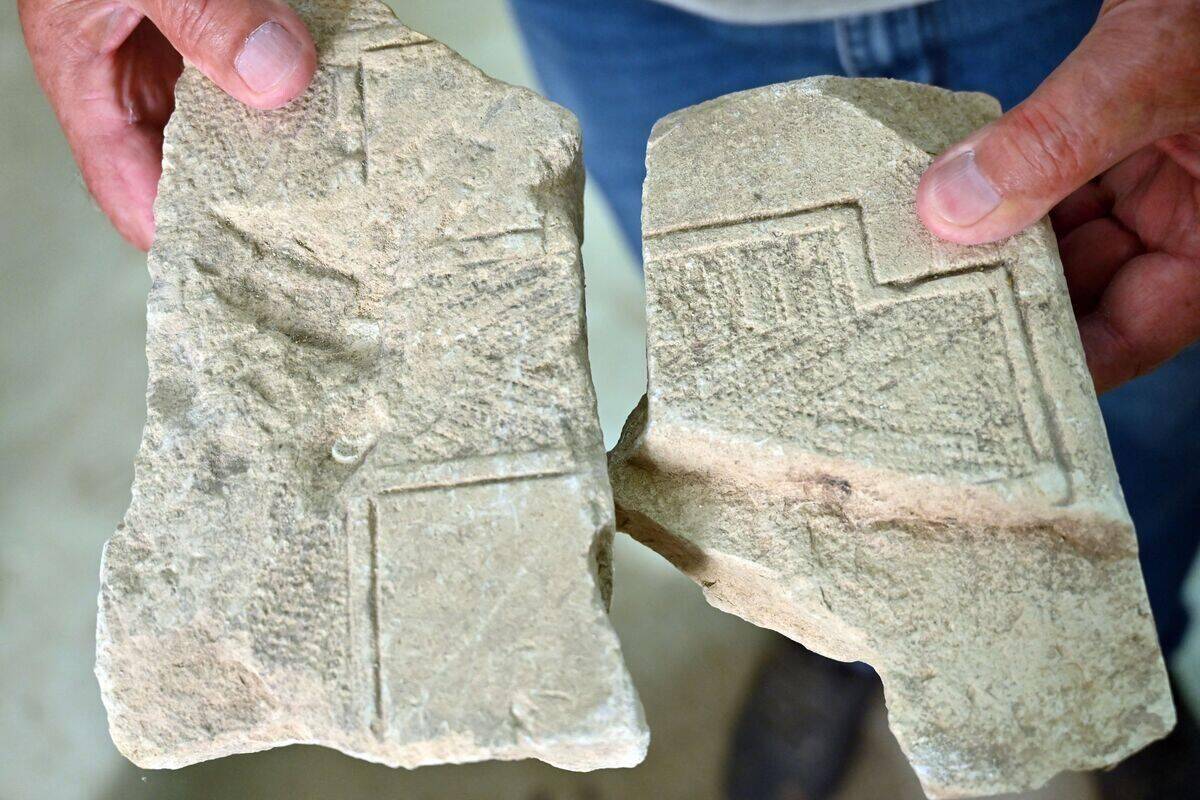
A. Homo erectus
B. Australopithecus africanus
C. Australopithecus afarensis
D. Australopithecus anamensis
Answer: Australopithecus anamensis
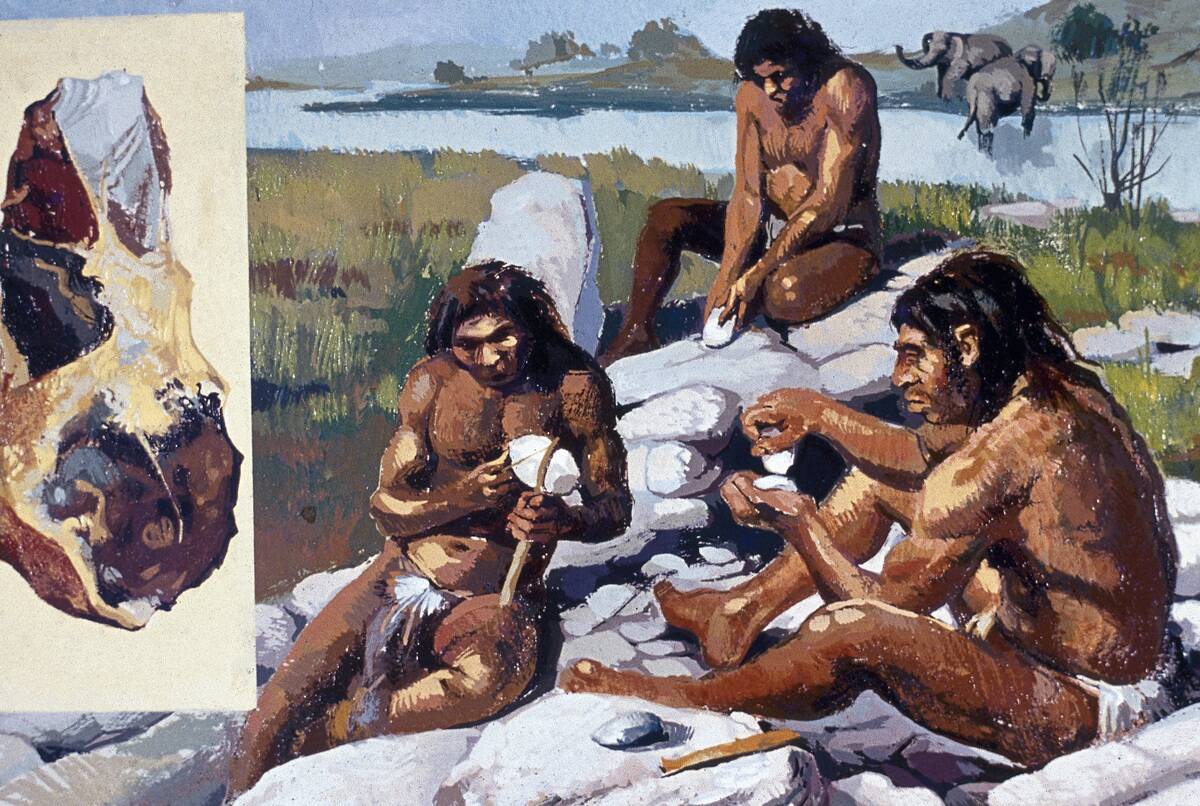
As Reuters reported, the 2019 discovery of a skull code-named “MRD” marks the earliest known human ancestor discovered in the world. The skull is approximately 3.8 million years old and is a member of the species Australopithecus anamensis, which was believed to first appear about 4.2 million years ago.
What was the earliest example of human art?
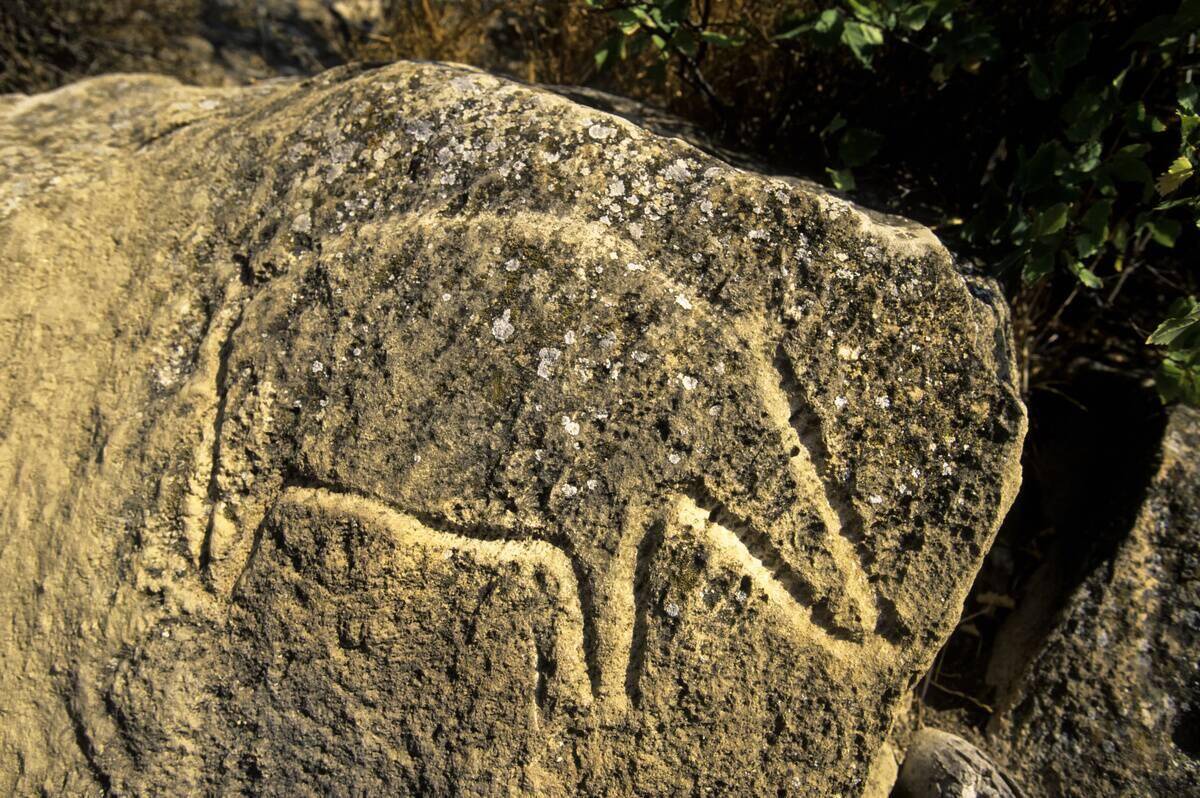
A. 17,000-year-old cave paintings of various animals in Lascaux, France
B. 5,100-year-old hieroglyphs in Ancient Egypt
C. 52,000-year-old sculpture of an unknown figure in Russia
D. 45,500-year-old cave painting of an animal in Indonesia
Answer: 45,500-year-old cave painting of an animal in Indonesia
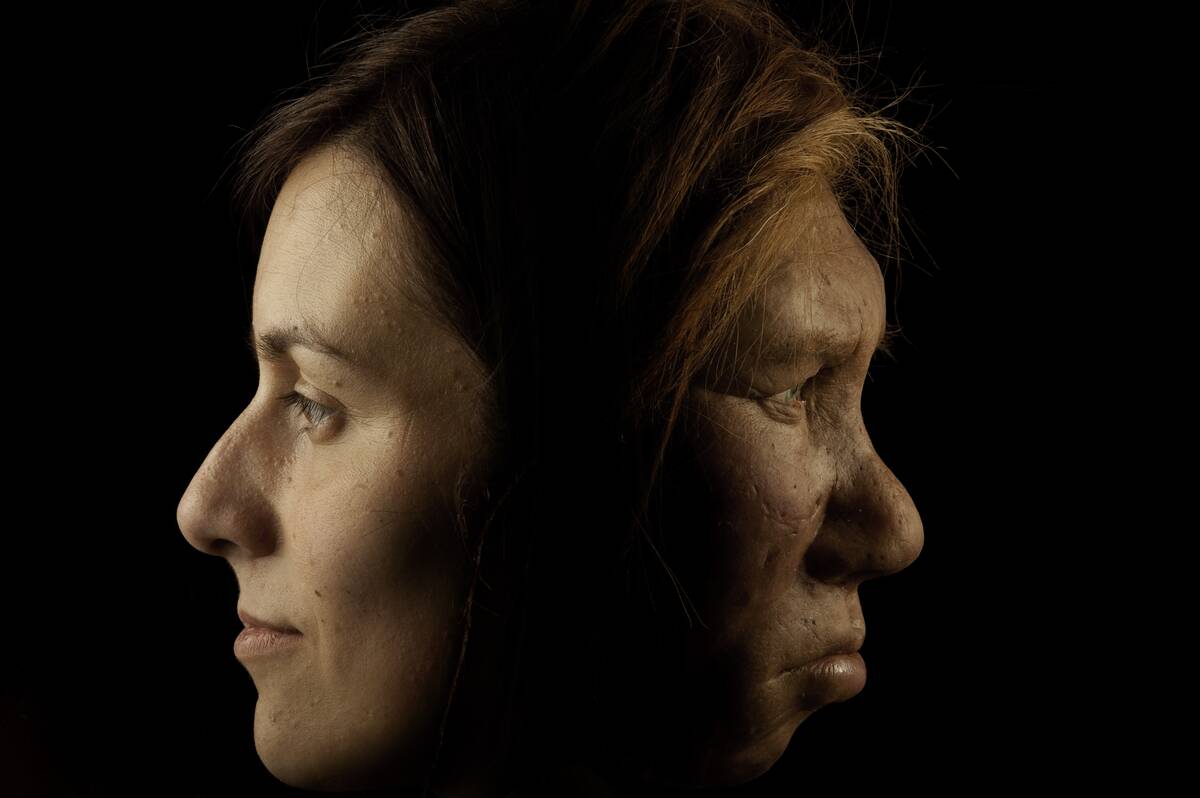
In a 2021 article in the Proceedings of the National Academy of Sciences of the United States of America journal, the oldest known cave painting is about 45,500 years old and was discovered in the Leang Tedongnge cave in Sulawesi, Indonesia. It depicts a pig.
On what continent did the first humans evolve?
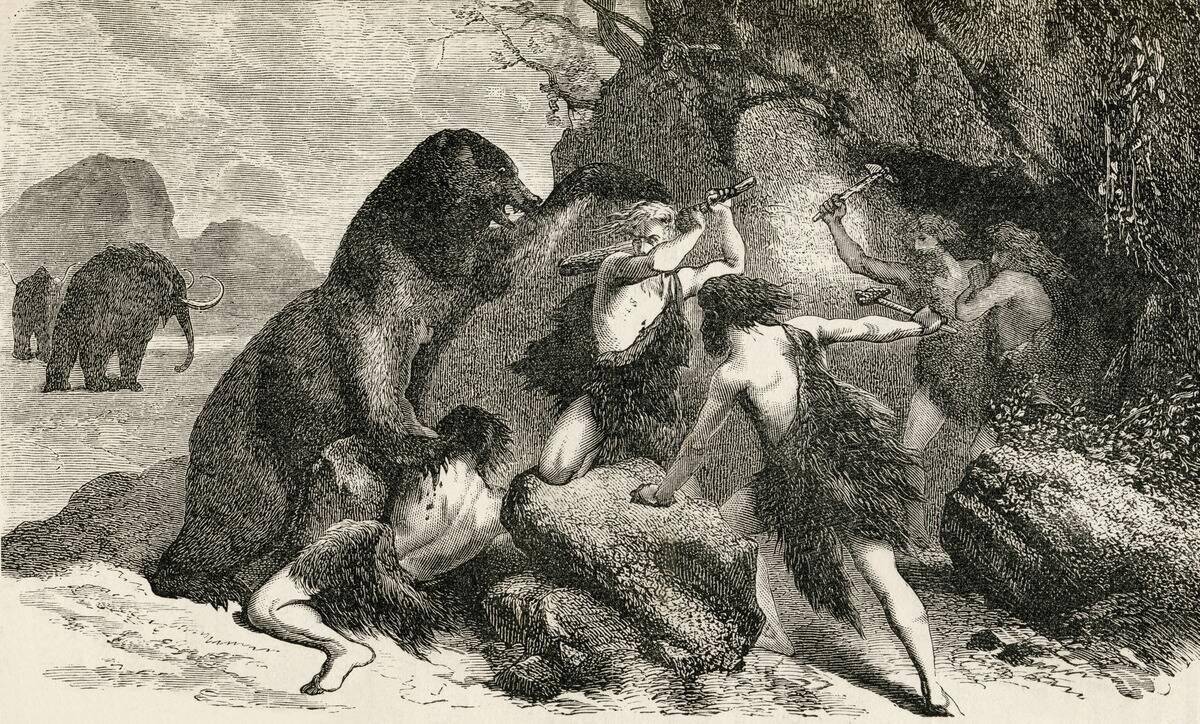
A. Asia
B. Australia
C. Africa
D. North America
Answer: Australia
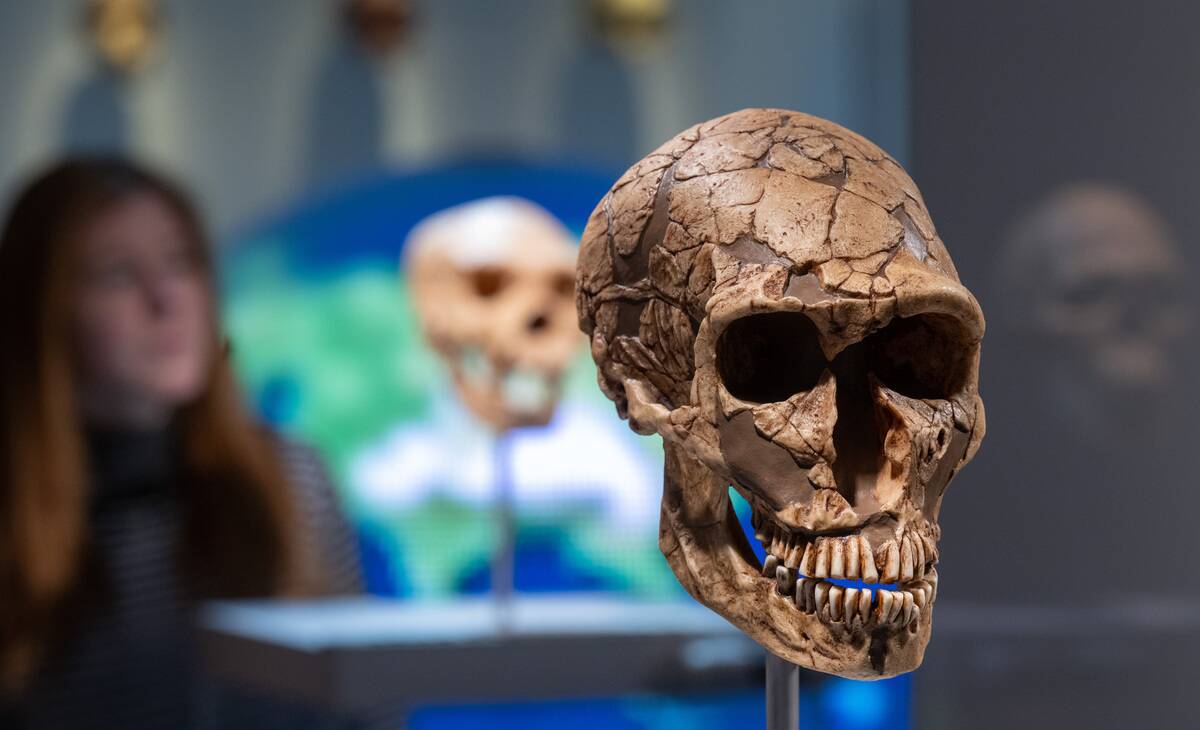
Africa is sometimes referred to as the “cradle of civilization,” and it’s also the birthplace of humanity itself. It’s no coincidence that the aforementioned skull of MRD was discovered in Ethiopia.
When were the first Homo sapiens believed to arrive?

A. 600,000 years ago
B. 100,000 years ago
C. 90,000 years ago
D. 300,000 years ago
Answer: 300,000 years ago
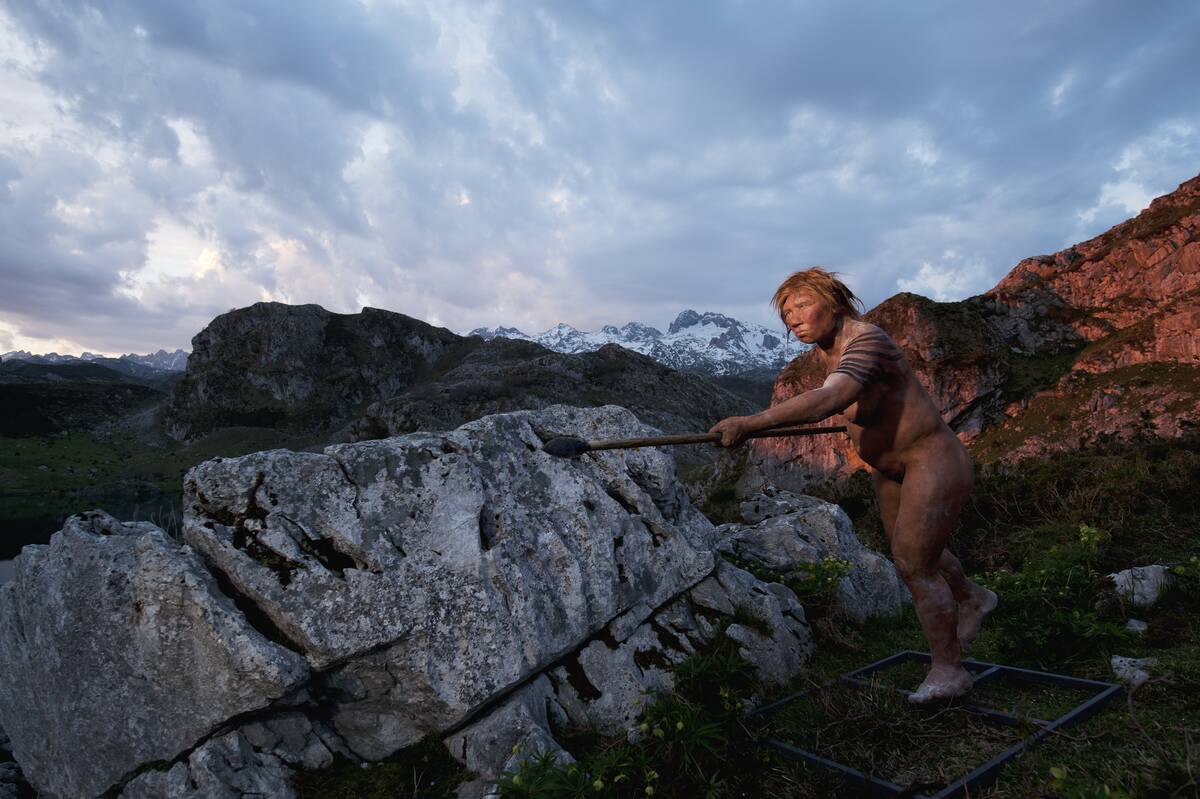
According to the Smithsonian Magazine , a common ancestor between early humans and Neanderthals lived between 550,000 and 750,000 years ago. However, the earliest remains of the Homo sapien species are about 300,000 years old.
What almost drove humanity to extinction in 70,000 BCE?
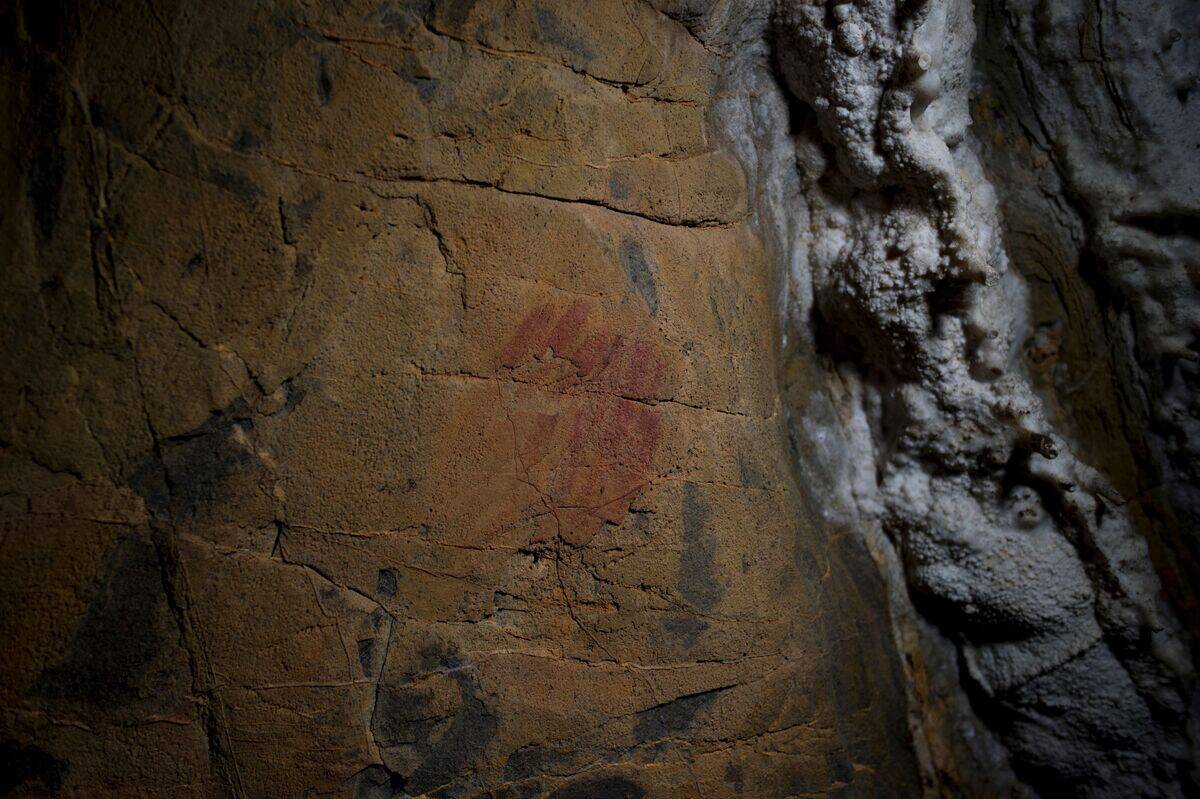
A. Worldwide floods
B. A supervolcano erupting
C. A meteor strike
D. Over-exploitation of natural resources
Answer: A supervolcano erupting

As NPR reported, the Toba supervolcano in Sumatra, Indonesia, erupted in 70,000 BCE, marking the largest eruption in known history. At best, between 5,000 and 10,000 early humans survived the disaster and floundered in an endangered state until the late Stone Age.
Where was the landmark fossil known as “Lucy” discovered?

A. South Africa
B. Indonesia
C. Ethiopia
D. Kenya
Answer: Ethiopia
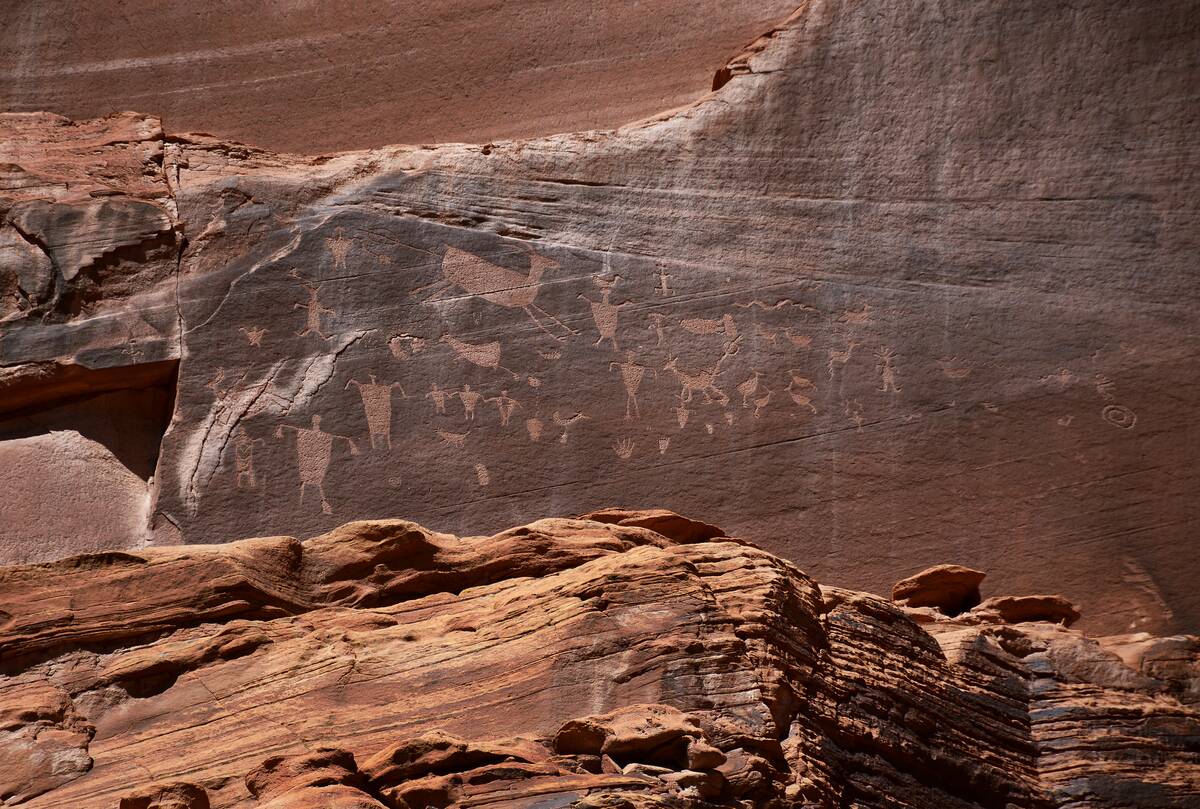
According to Nature, Cleveland anthropologist Donald Johanson and his colleague Alemayehu Asfaw discovered what would turn out to be a series of bones belonging to a then-newly discovered species called Australopithecus afarensis in Hadar, Ethiopia. Although the partial skeleton (code-named “Lucy”) was once thought to be humanity’s oldest ancestor, she remains an important landmark of humanity’s evolutionary lineage.
During what geological time period did human ancestors appear?

A. Anthropocene epoch
B. Miocene epoch
C. Pliocene epoch
D. Holocene epoch
Answer: Miocene epoch
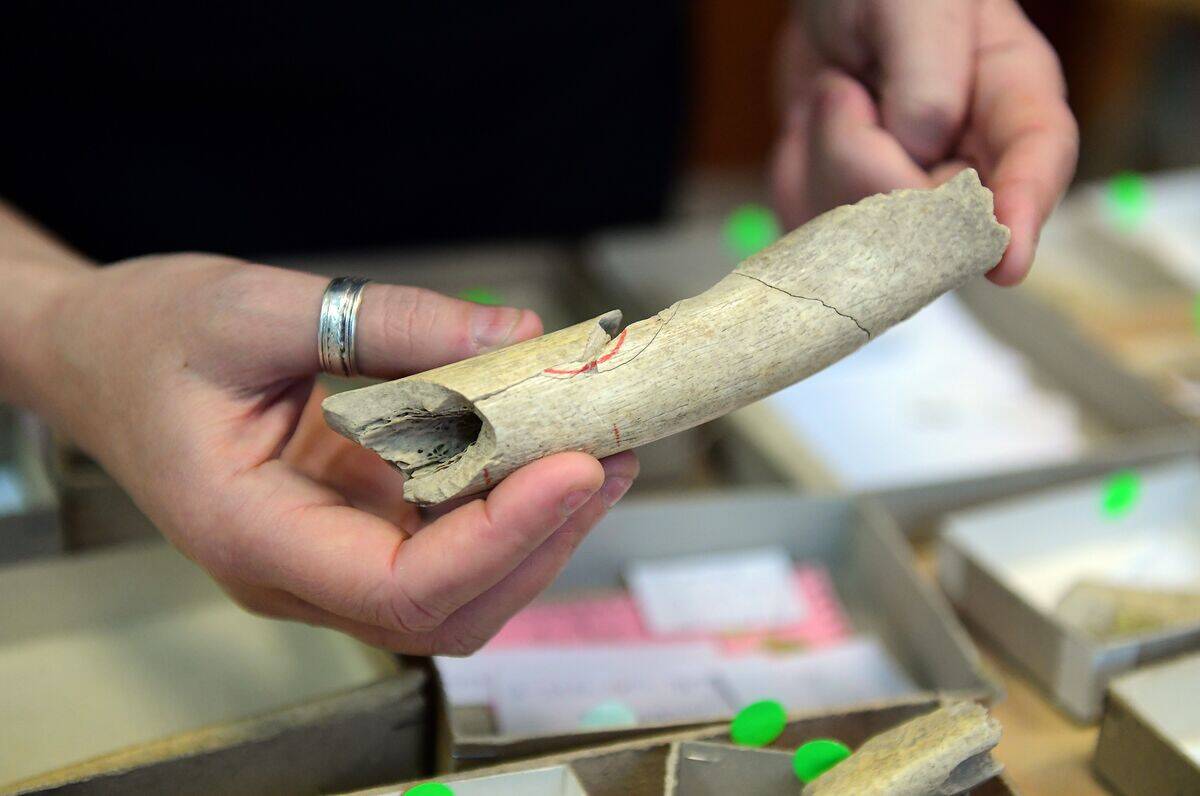
Although all of these periods were times when either humans or their ancestors walked the Earth, the Smithsonian Institute explained that the first of these specimens can be traced back to the Miocene period, which ended about 5.3 million years ago.
What’s the big difference between humans and Neanderthals?
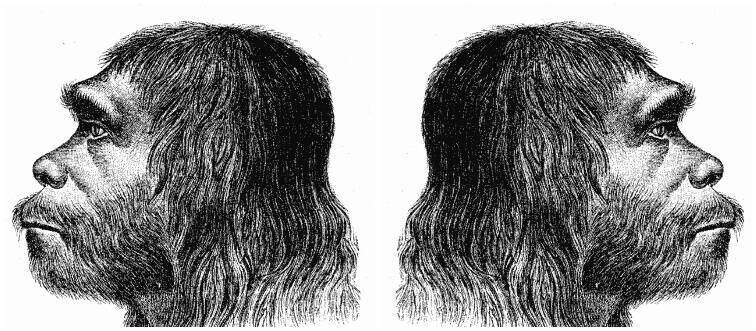
A. Neanderthals had smaller brains
B. Neanderthals didn’t wear clothes
C. Neanderthals didn’t use tools
D. Neanderthals were shorter and stockier
Answer: Neanderthals were shorter and stockier
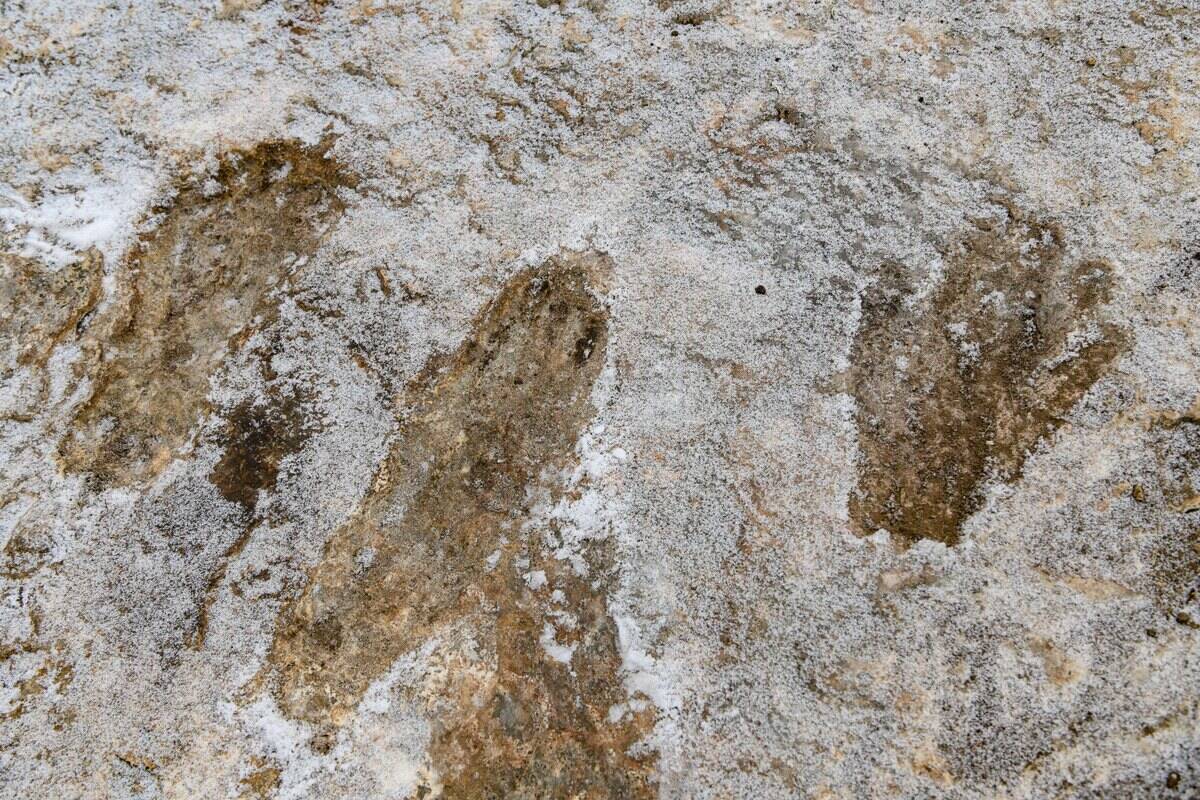
According to the Smithsonian Institute, Neanderthals are often underrated by modern humans as they were able to use fairly sophisticated tools, wear clothes, and have similarly sized or even larger brains than Homo Sapiens. And their shorter and stockier statures helped them adapt to their colder environments.
What was the transition from hunter-gathering to farming called?
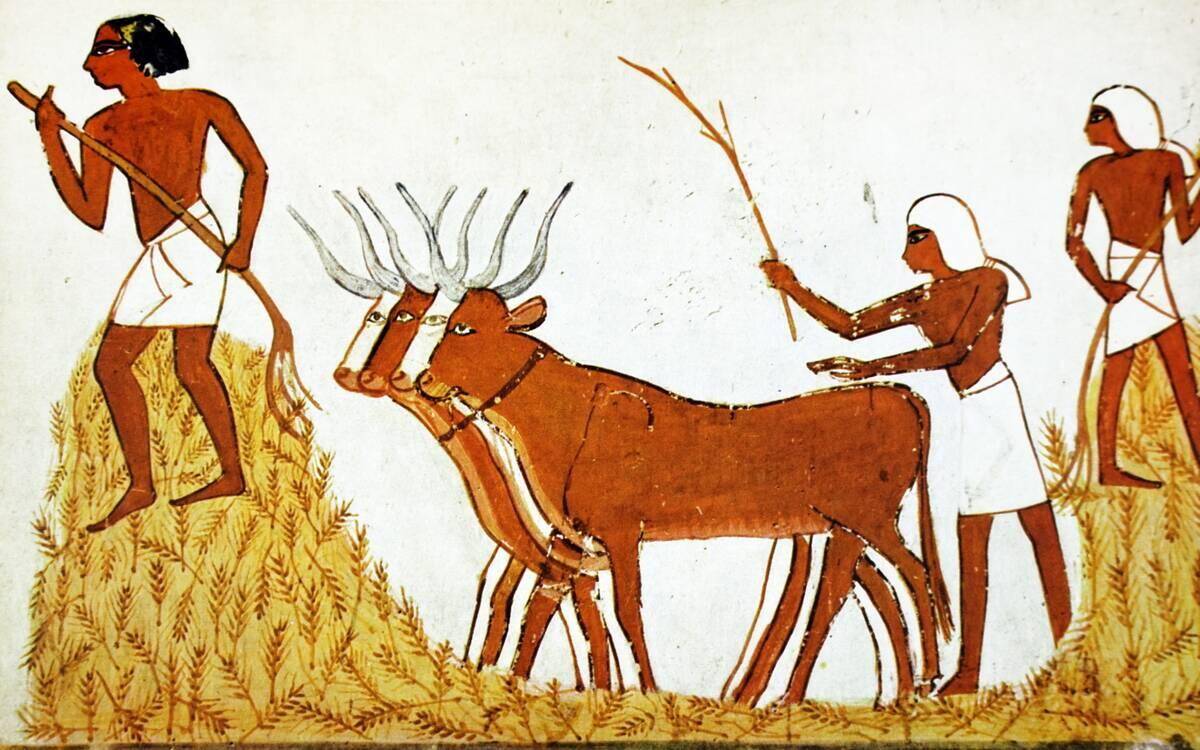
A. The Cultural Revolution
B. The Neolithic Revolution
C. The Agricultural Explosion
D. The Food Production Paradigm
Answer: The Neolithic Revolution

According to National Geographic, the Neolithic Revolution of approximately 10,000 BCE marked the transformation of early humans from nomadic hunter-gatherers to people who could establish permanent settlements thanks to reliable food supplies provided by nascent agriculture.
Before the Stone Age, how did humanity’s ancestors get protein?

A. Fish
B. Nuts
C. Bone marrow
D. Wild rice
Answer: Bone marrow

According to a 2019 study in Current Anthropology cited by Yale University, researchers suggested that about 4 million years ago, early hominids scavenged bone marrow from prey hunted by other animals. This was posited to not only give them a taste for meat and fat but to provide the right calories to continue their evolutionary line.
What river valley civilization was known for pottery and farming?
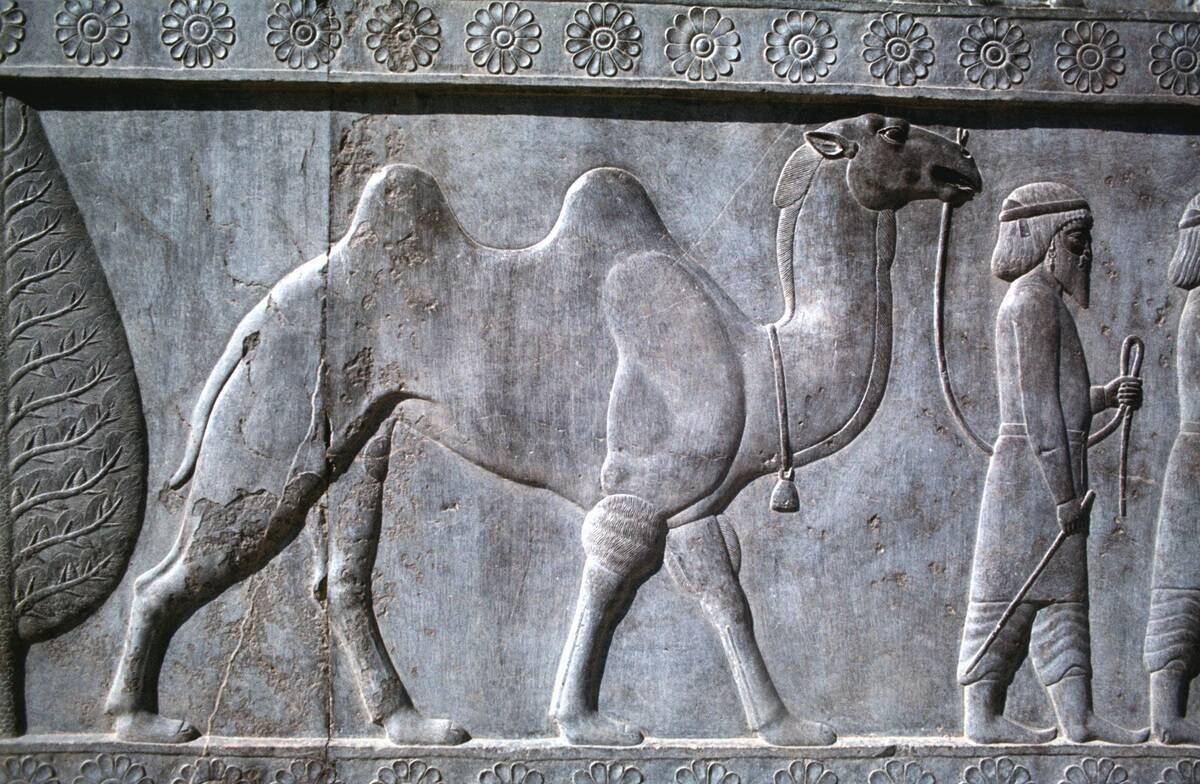
A. Mesopotamia
B. Ancient China
C. Ancient Egypt
D. Indus
Answer: Indus
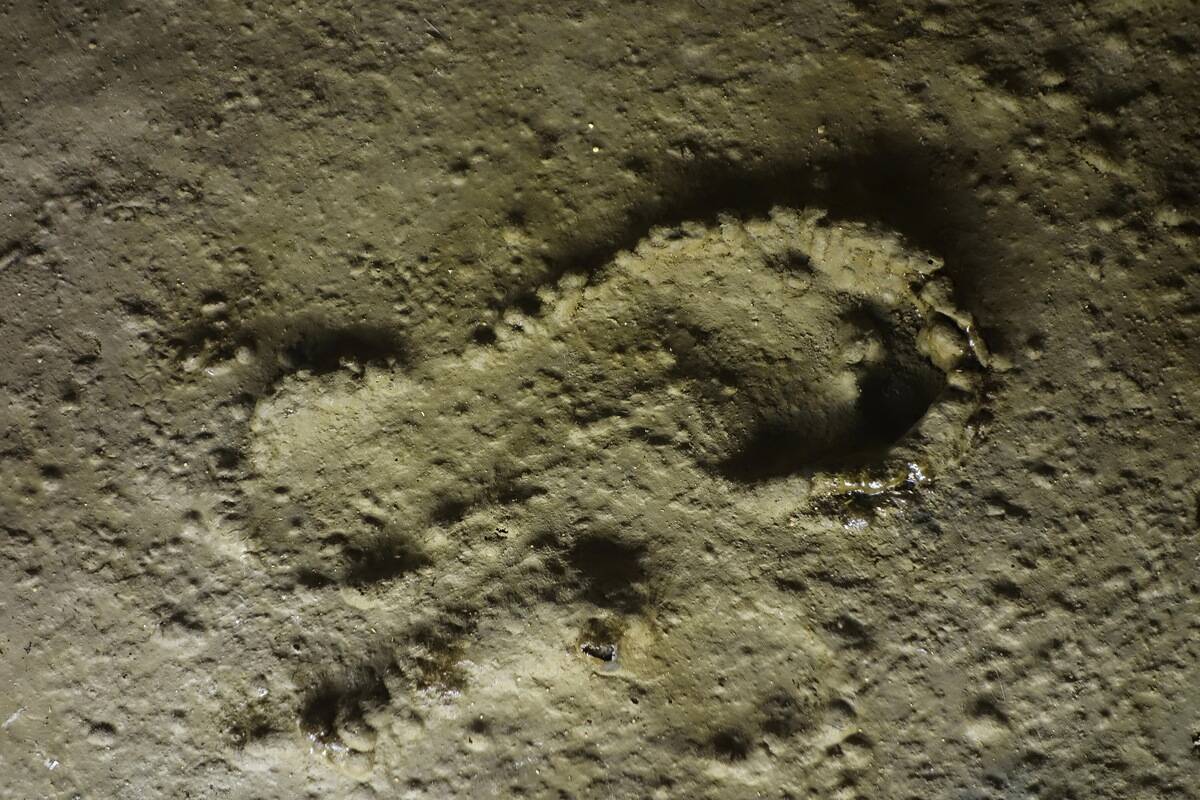
The ancient civilization centered around the Indus Valley — which is now in northwestern India — existed between 2,600 and 1,900 BCE. According to a 2021 article in the Journal of Archaeological Science , surviving artifacts from this civilization suggest that it was renowned for its productive agriculture and especially sophisticated pottery. That is, at least for the time.
Which species was the first to control fire?
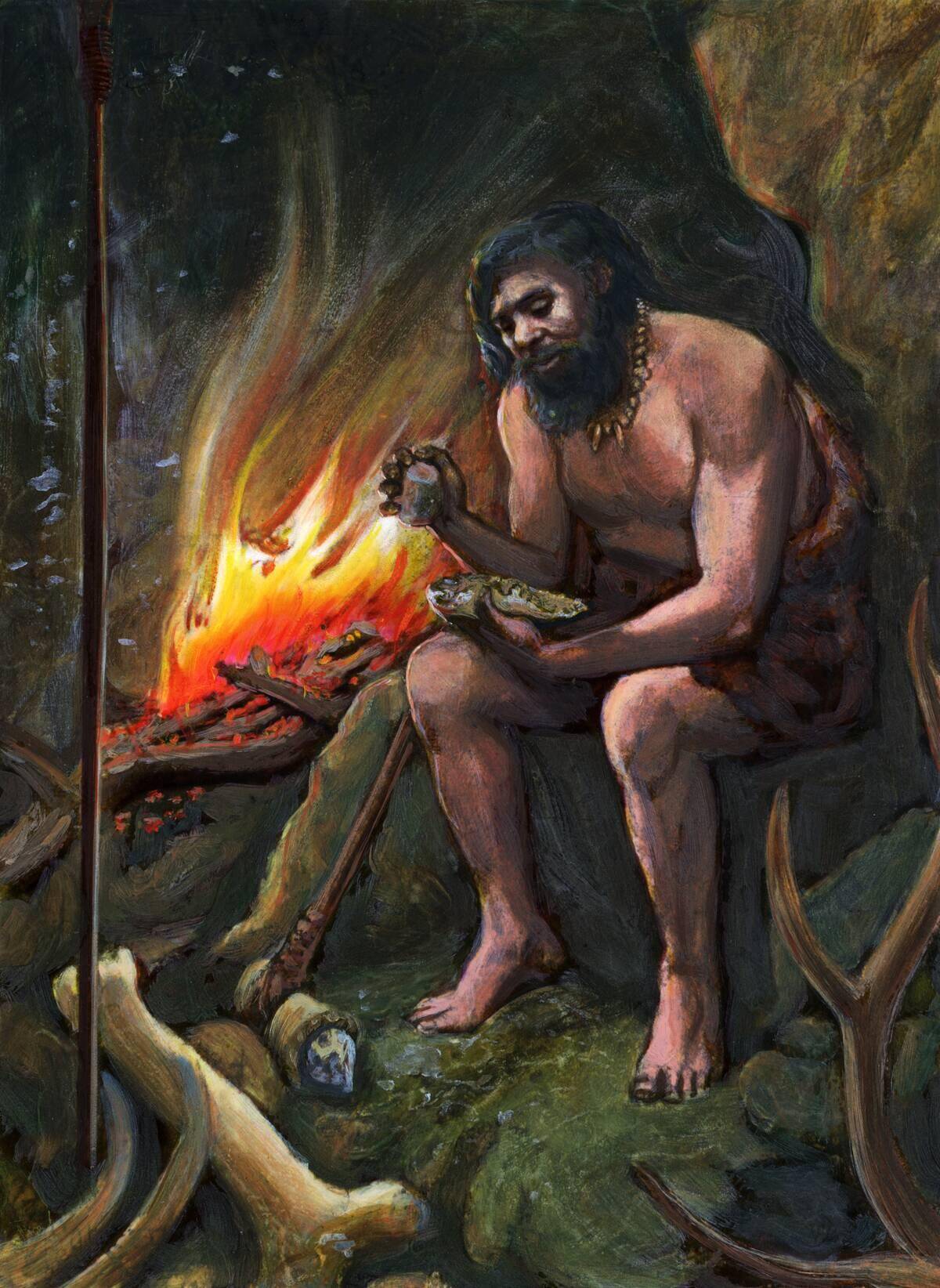
A. Homo erectus
B. Neanderthals
C. Homo sapien
D. Homo ergaster
Answer: Homo erectus Or Homo ergaster

Although BBC Earth outlined significant evidence that Neanderthals controlled fire, the question of whether they could create it remains under debate within the scientific community. However, they wouldn’t be the first to control fire regardless of that debate’s resolution because the first evidence of hominids controlling fire dates back to between 1.6 million and two million years ago. This means either Homo erectus or Homo ergaster could have controlled fire first.
This shell belonged to a glyptodont. What are their descendants?
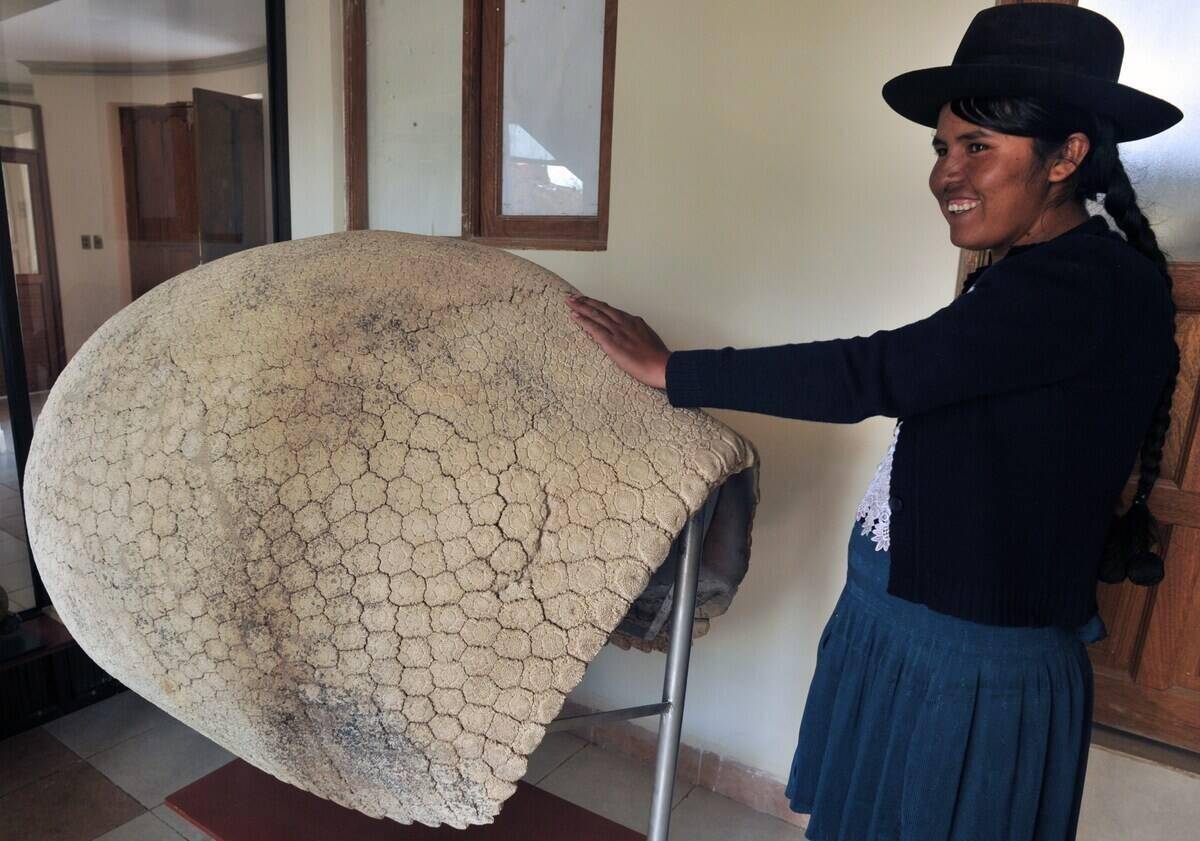
A. Tortoises
B. Platypuses
C. Crabs
D. Armadillos
Answer: Armadillos
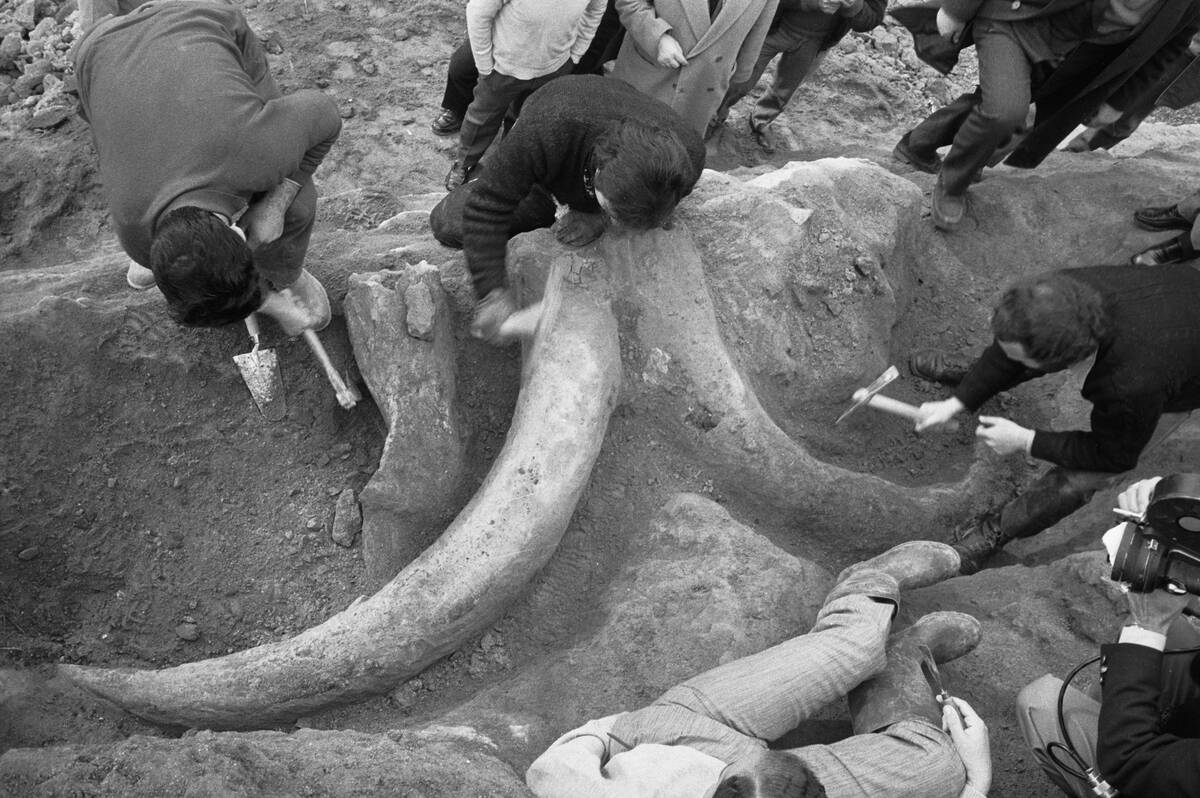
According to the United Kingdom’s Natural History Museum, glyptodonts were heavily armored ancestors of armadillos with blunt tails that they likely used as defensive weapons. But while that makes them sound rock-solid, evidence of damage to the upper surface of their fossils’ skulls suggests that early humans found a weak spot in the top and backs of their heads that allowed our ancestors to hunt them.
What age in human development coincided with the Paleolithic?
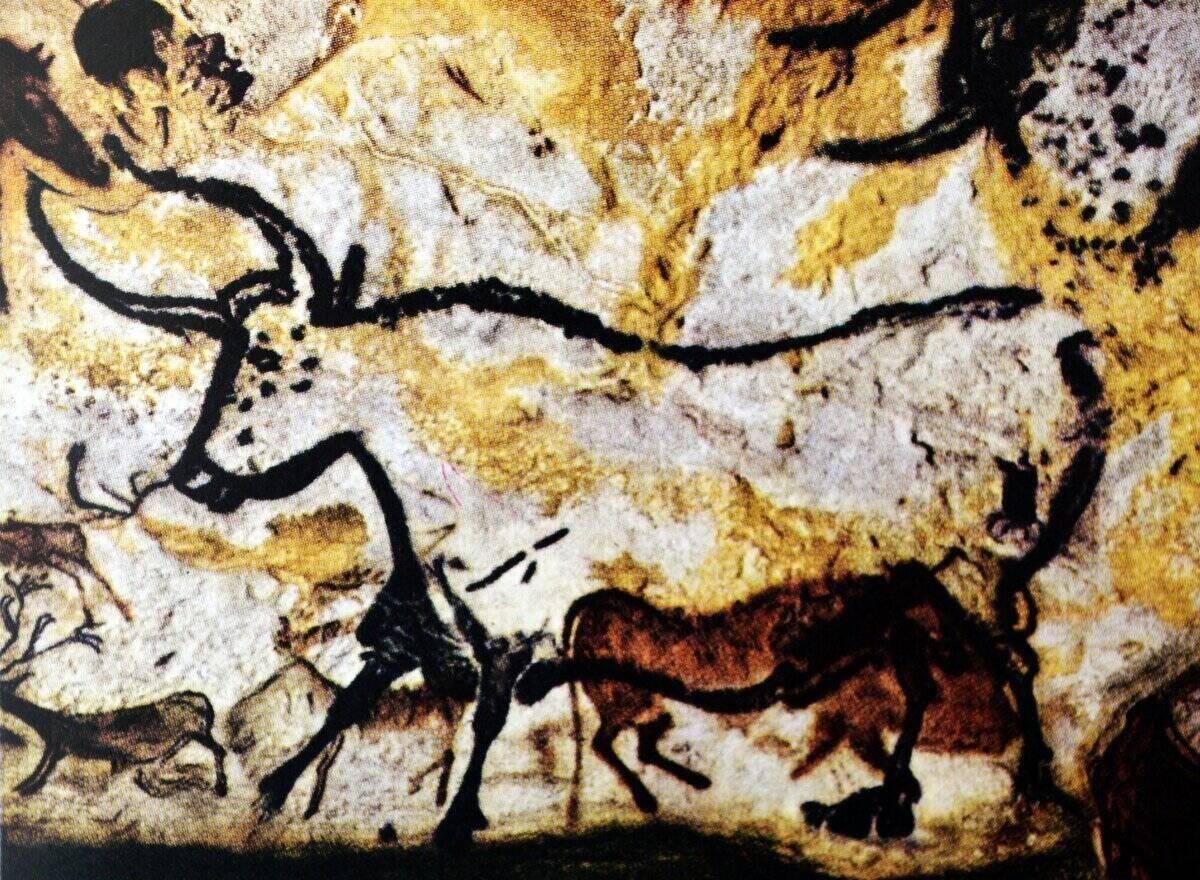
A. The Bronze Age
B. The Iron Age
C. The Stone Age
D. The Modern Age
Answer: The Stone Age
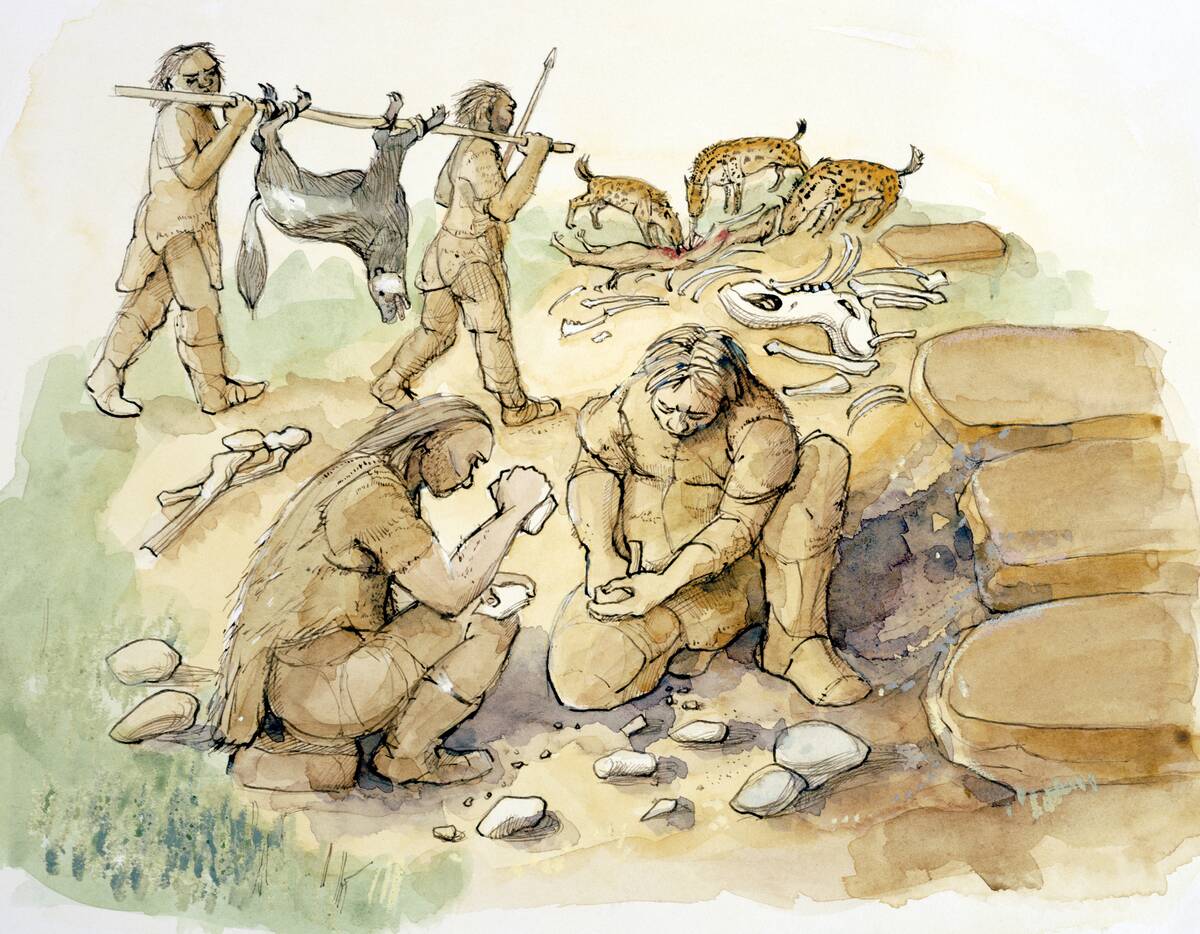
According to the History Channel, the very earliest of the human Stone Ages occurred during the Paleolithic period, characterized by early humanity adopting crude stone tools and weapons. Those tools became more sophisticated in the Mesolithic and Neolithic periods, which is why they’re called the Middle and New Stone Ages.
Rice was first cultivated in China, but when?

A. 4,600 to 6,000 years ago
B. 9,400 to 10,000 years ago
C. 2,300 to 4,000 years ago
D. 1,300 to 2,000 years ago
Answer: 9,400 to 10,000 years ago
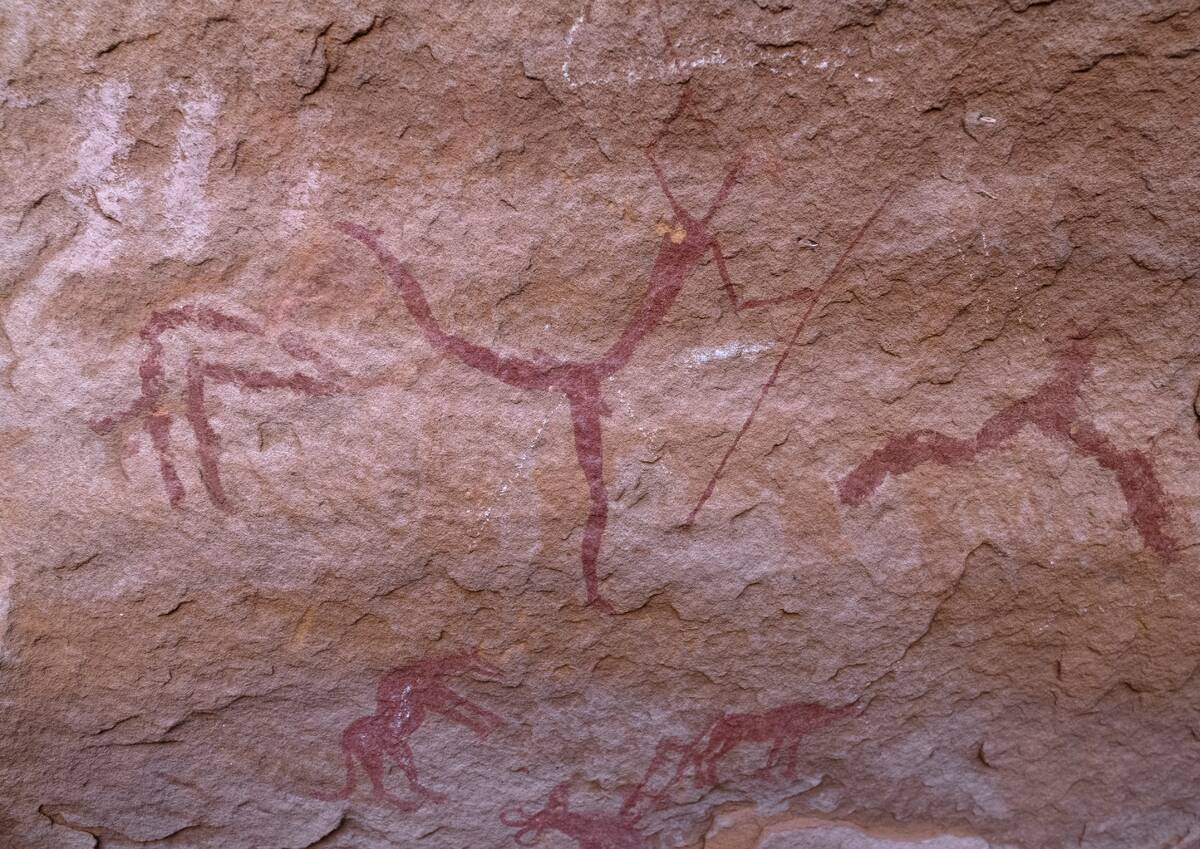
As The Atlantic reported, archaeologists working at a place in eastern China called Shangshan unearthed rice grains that date back at least 9,400 years and possibility as far back as 10,000 years. As tended to happen in Neolithic civilizations, former hunter-gatherers close to the Yangtze River found a suitable place to grow rice and, thus, start permanent settlements.
What makes the earliest human ages “prehistoric?”
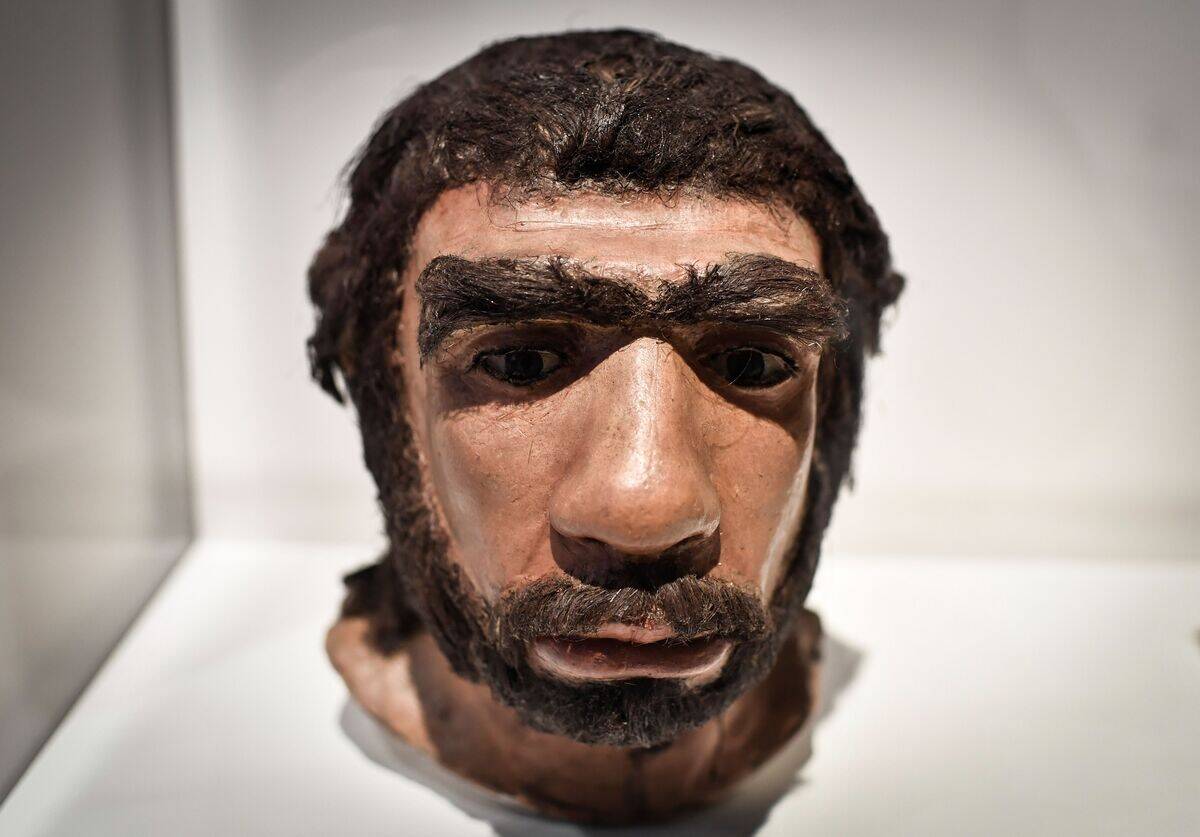
A. A lack of metallurgy
B. No known systems of government
C. The non-existence of literacy
D. A lack of expression or storytelling
Answer: The non-existence of literacy
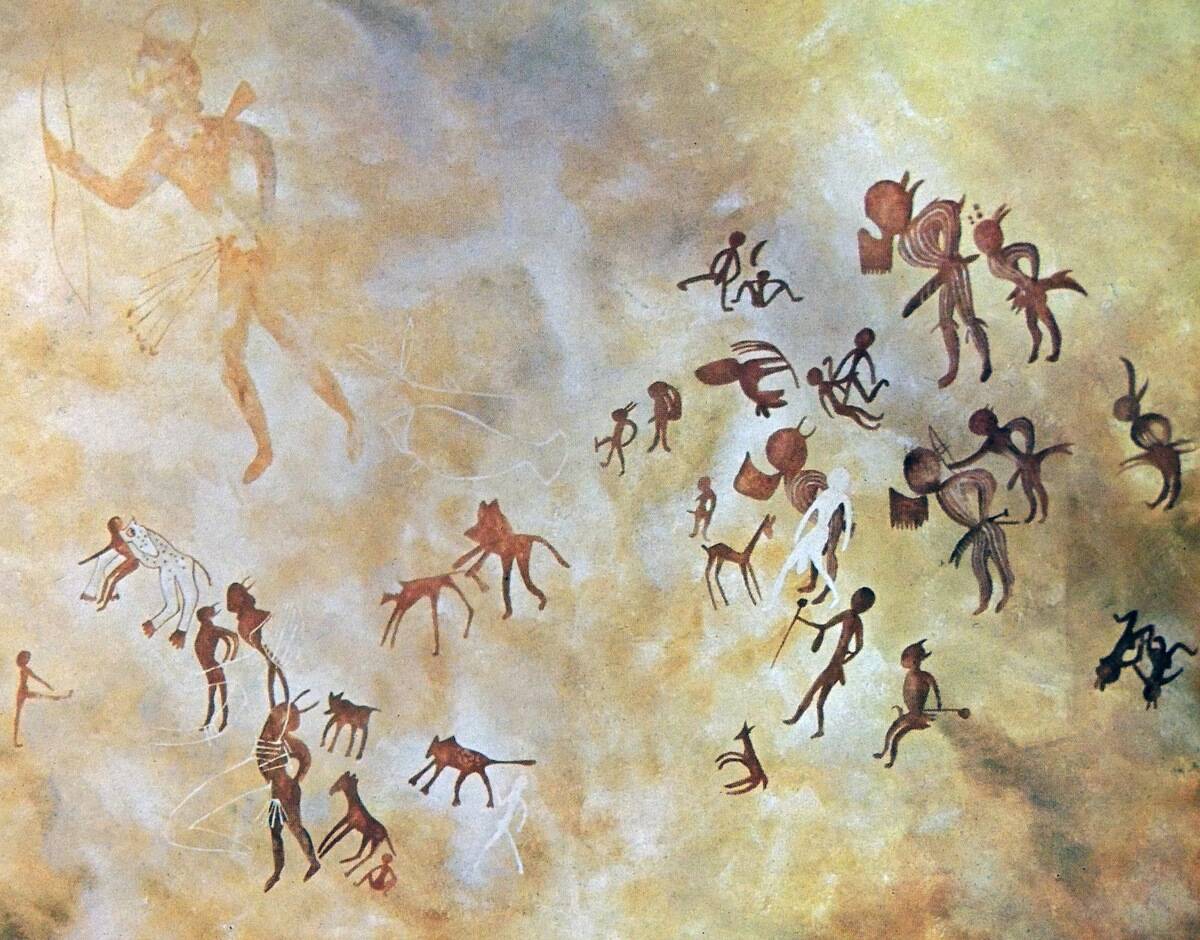
As the History Channel explained, any era referred to as “prehistoric” is defined by the absence of any systems of writing and, therefore, literacy. Because without any written documentation of their people’s history, it’s hard to know exactly what knowledge early humans passed down through generations.
What was the first hominid species to leave Africa?
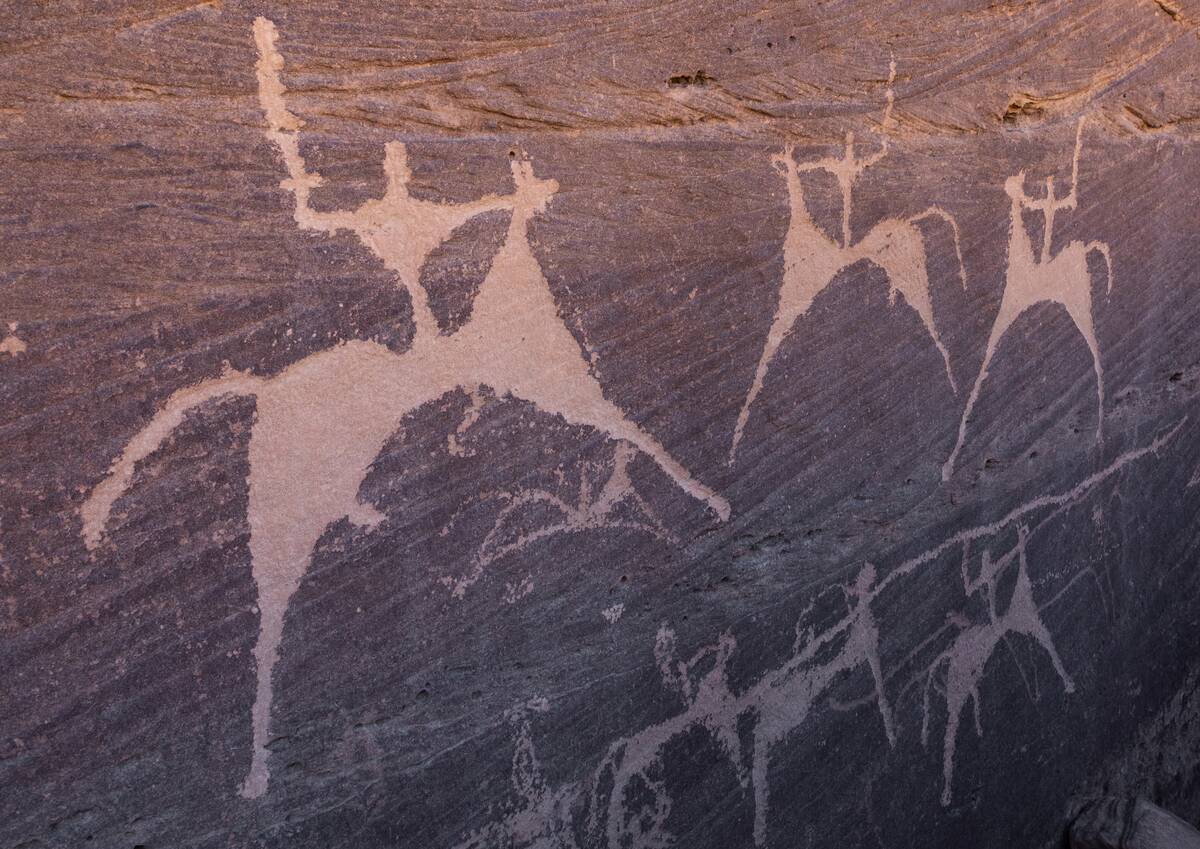
A. Homo sapiens
B. Homo erectus
C. Neanderthals
D. Homo ergaster
Answer: Homo ergaster
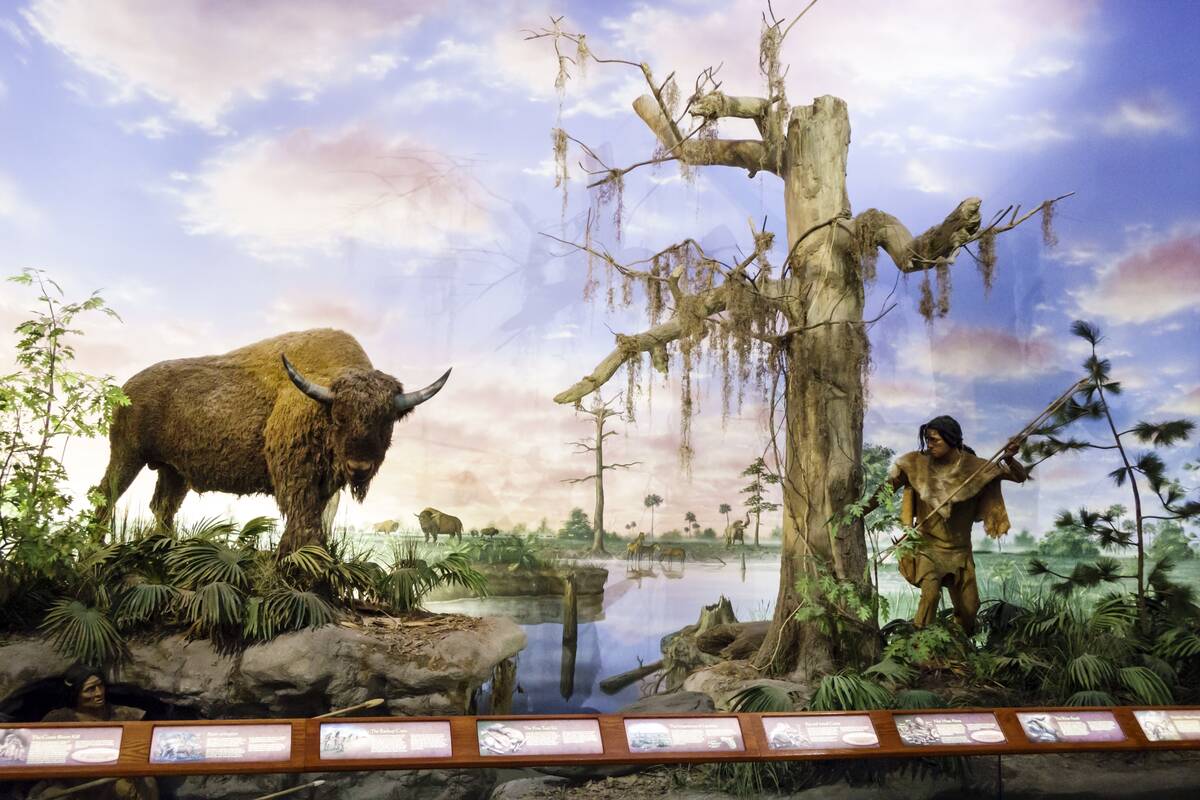
Although the Australian Museum noted a theory positing that an unidentified hominid species migrated from Africa about 2 million years ago, the earliest confirmed species to leave humanity’s motherland was Homo ergaster about 1.75 million years ago. Relatively speaking, Homo erectus wasn’t far behind and left about 1.6 million years ago.
What was likely the first hominid species to hold funerals?
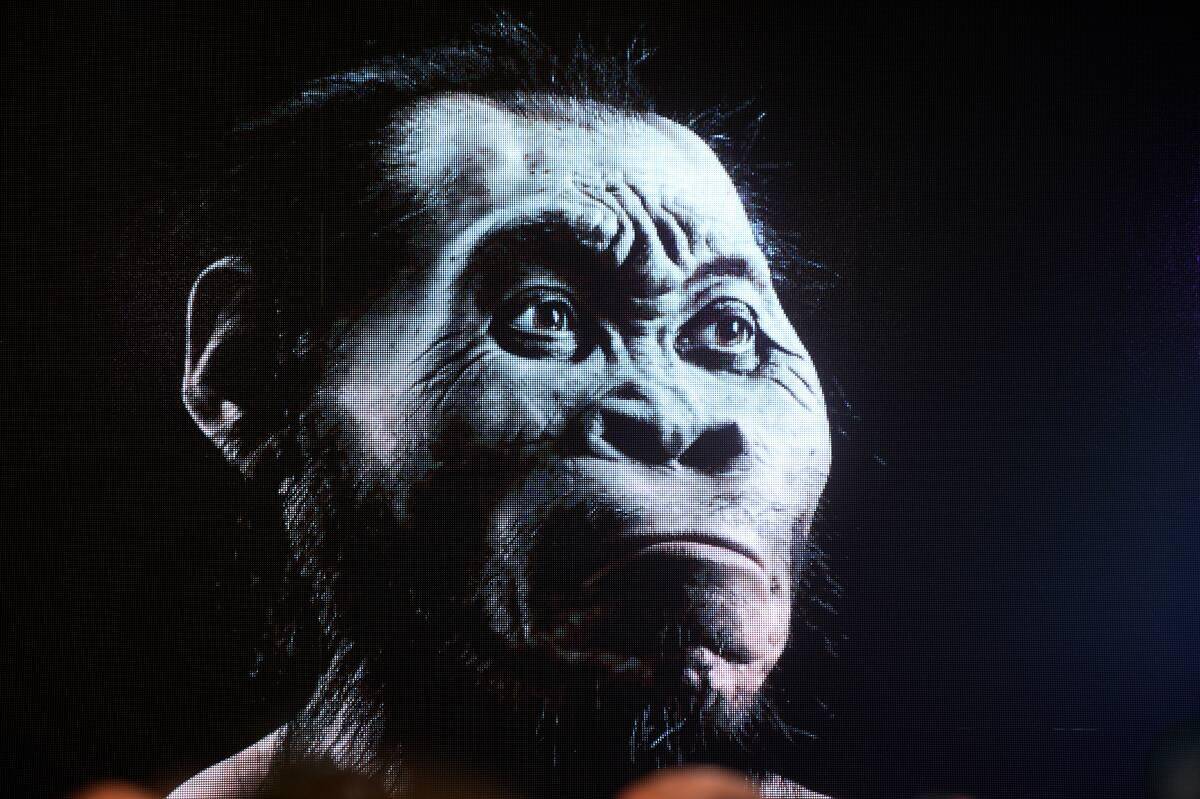
A. Homo sapiens
B. Homo Erectus
C. Australopithecus africanus
D. Homo naledi
Answer: Homo naledi
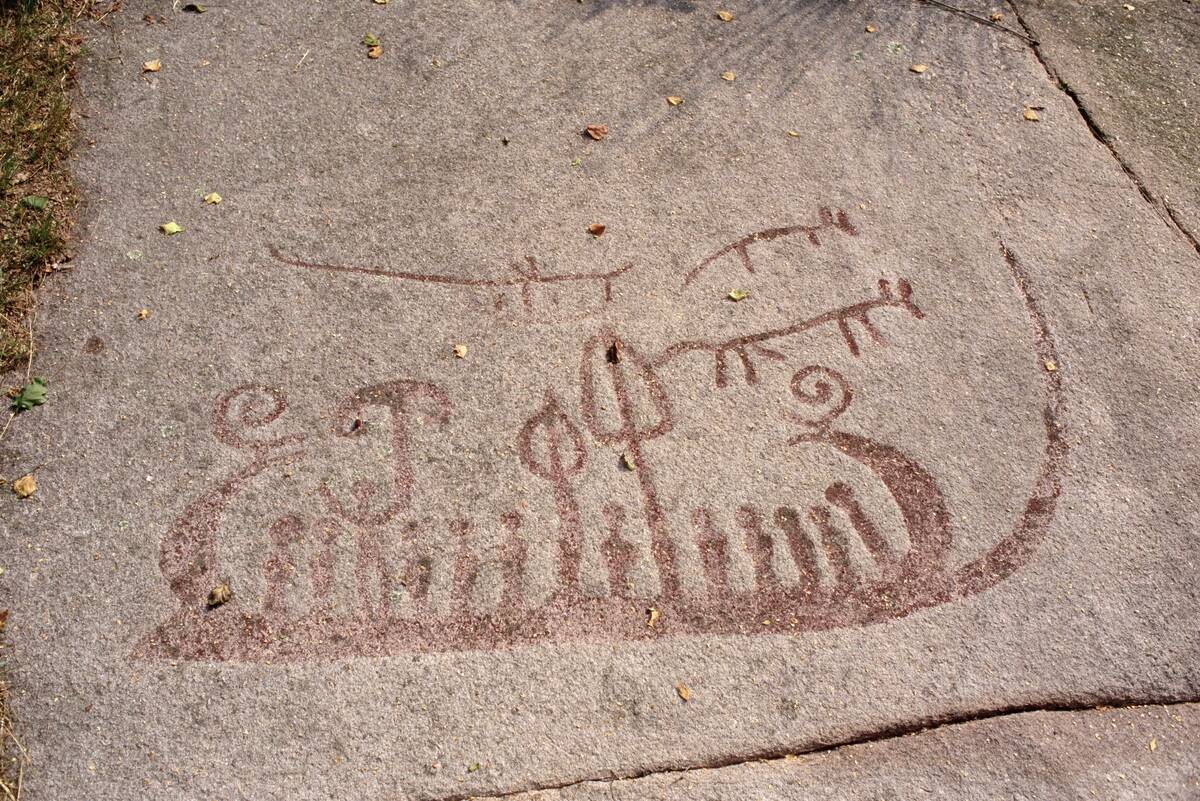
According to the U.K.’s Natural History Museum, Homo naledi was an ancient species of human-like hominids that lived about 300,000 years ago. But while their discovery in South Africa’s Rising Star cave system back in 2013 was a sensation unto itself, researchers also discovered evidence showing that this species had taken to burying their fallen cohorts after they passed away.
What were the dwellings of 22,000-year-old humans made of?
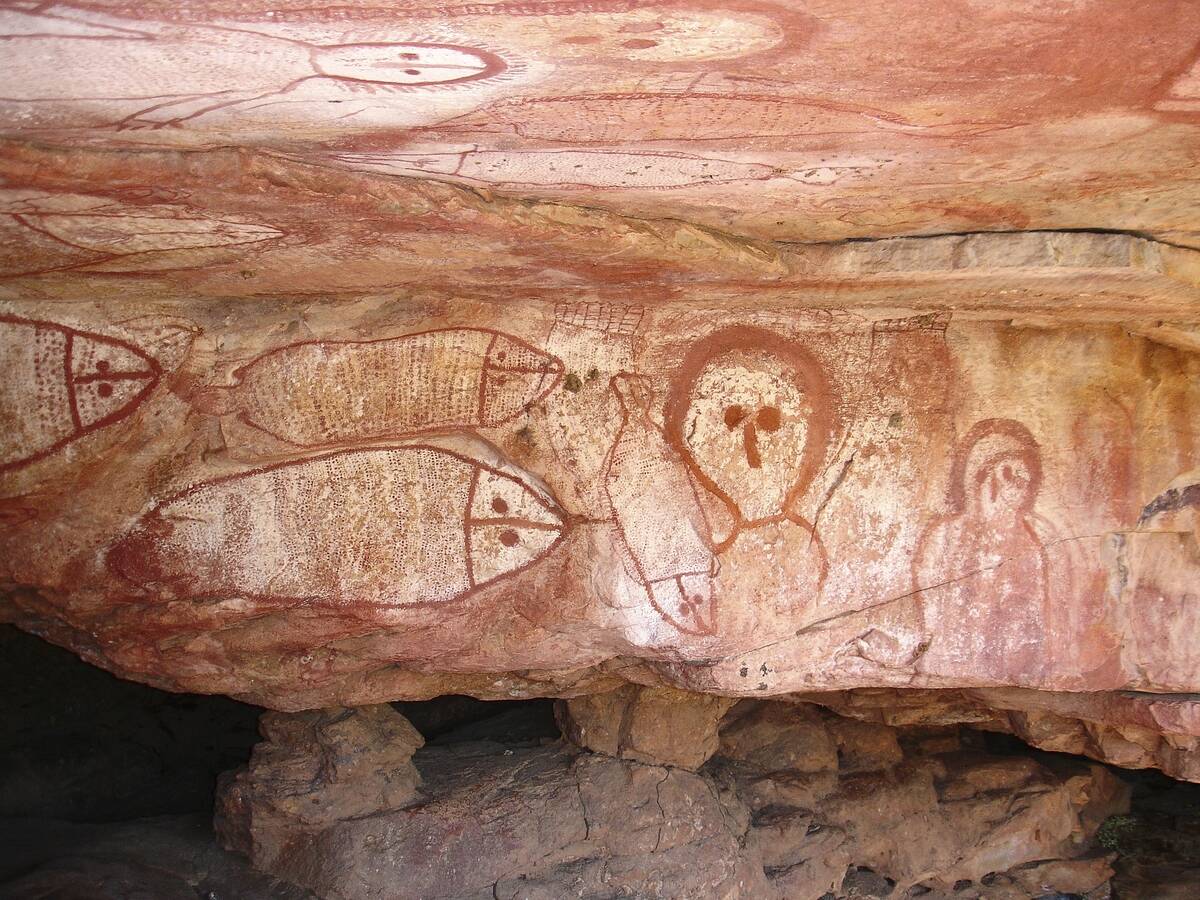
A. Stone
B. Glyptodont shells
C. Mammoth Bones
D. Wood
Answer: Mammoth Bones
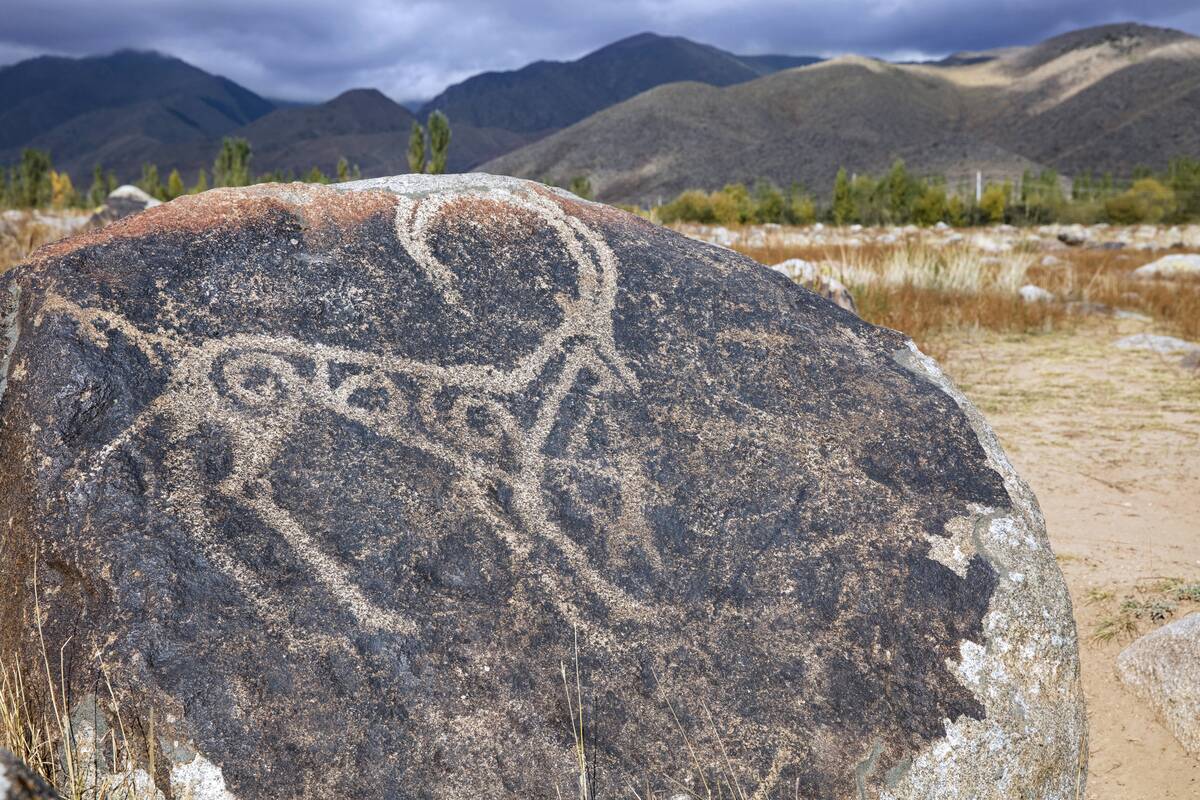
Although the Smithsonian Magazine cited one 25,000-year-old mammoth bone structure in Russia’s forest steppes as having a purpose that remains mysterious to archaeologists, most of them were simpler and served only as “mammoth houses.”
What does the term “Homo sapien” actually mean?
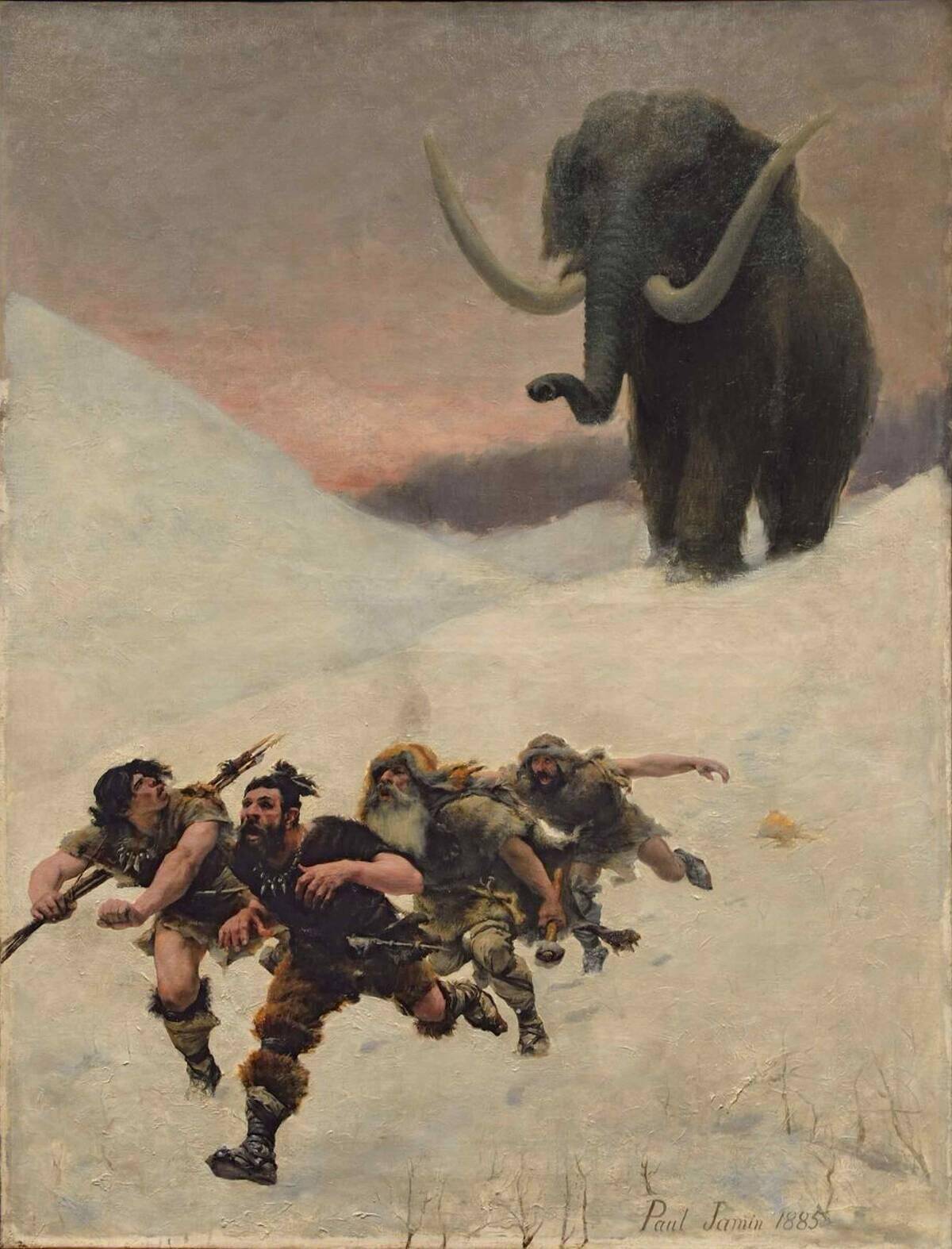
A. Same human
B. Evolved human
C. Crazy human
D. Wise human
Answer: Wise human
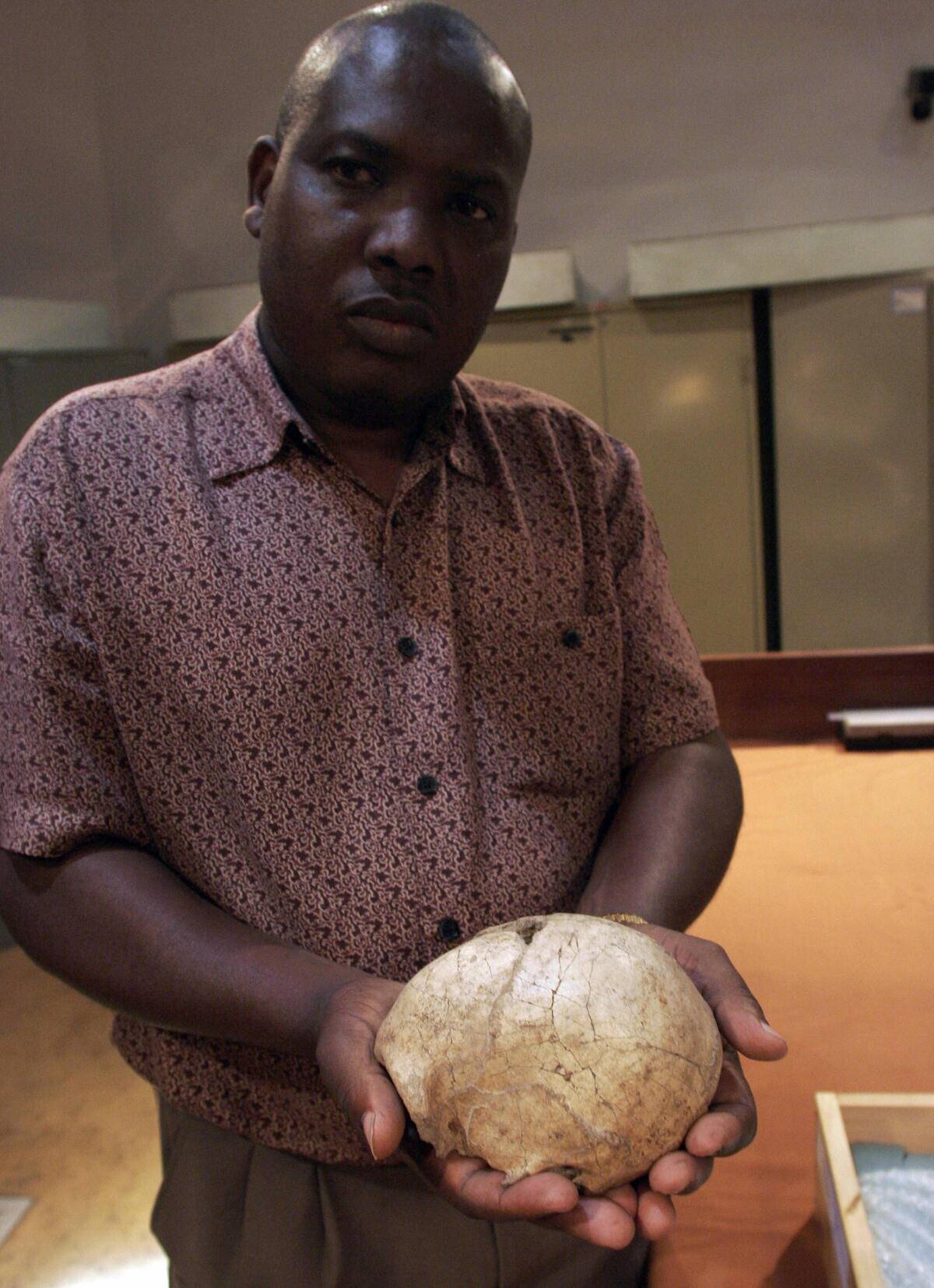
According to the Australian Museum, the scientific name for human is derived from the Latin word for “man” or “human” and the Latin term for “wise” or “astute.” It shows humanity’s inflated opinion of itself, but the name nonetheless stuck.
What nation is known to host a well-preserved Holocene temple?
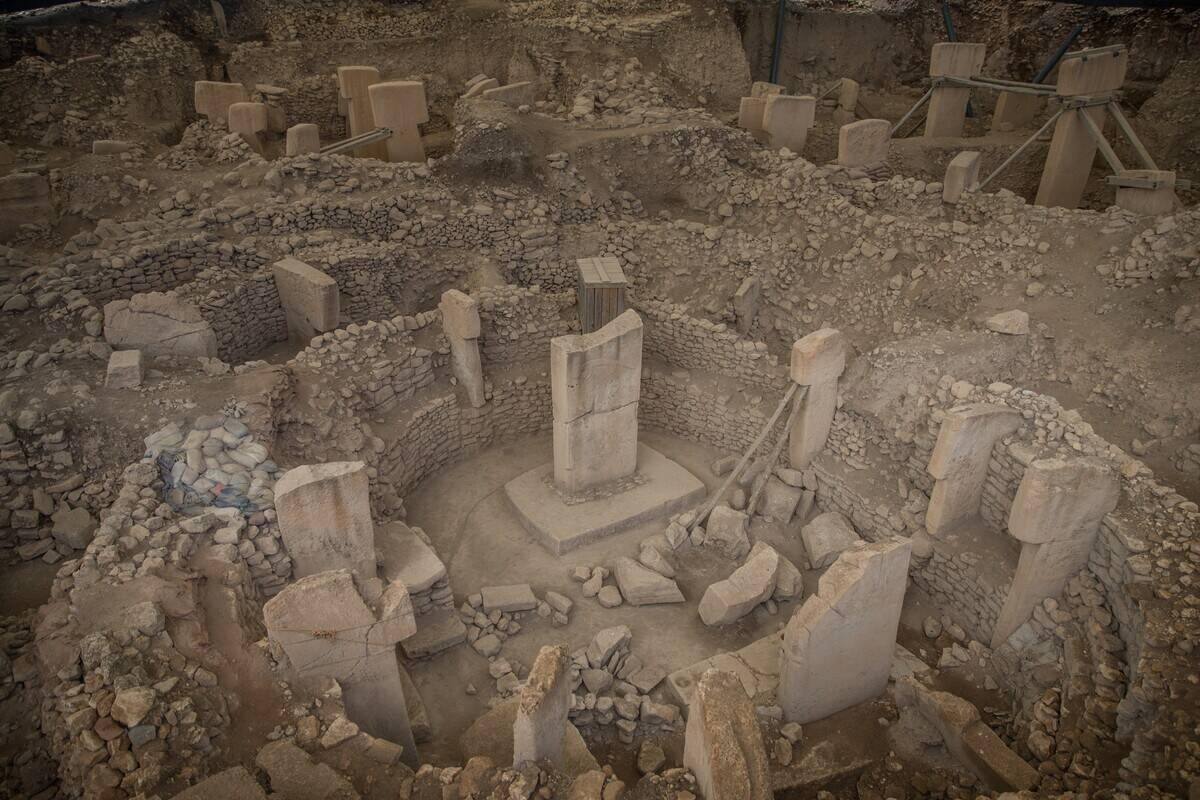
A. Turkey
B. Ethiopia
C. India
D. South Africa
Answer: Turkey
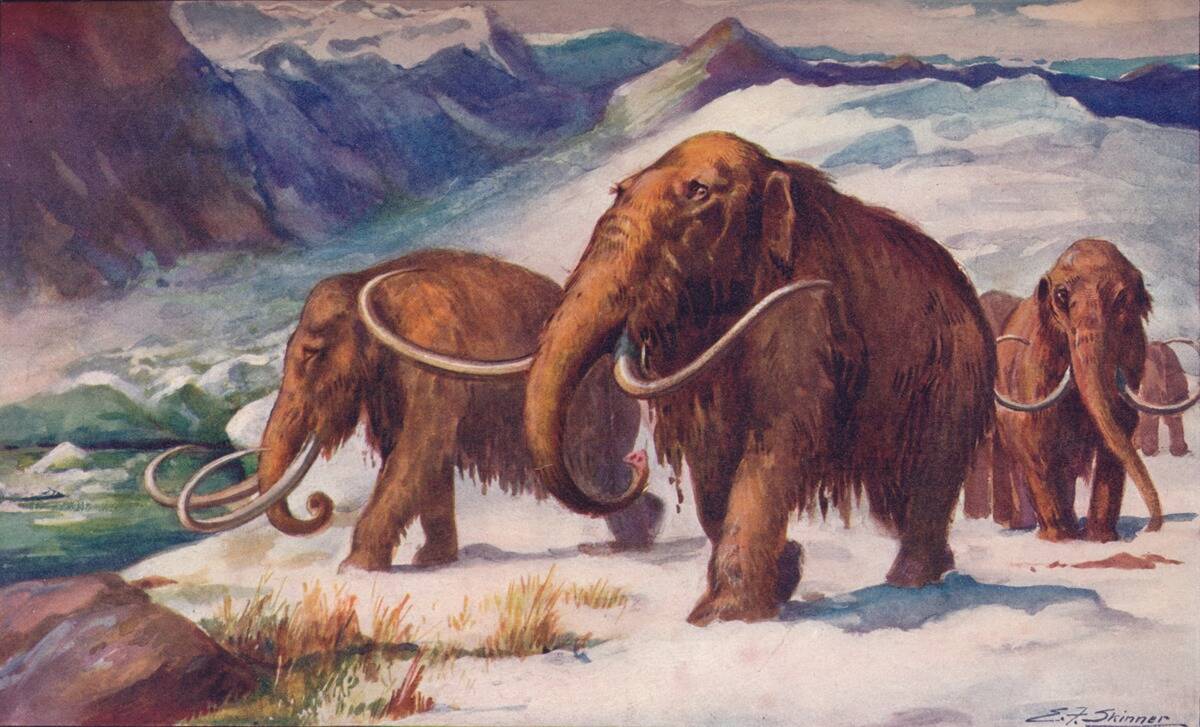
The 11,000-year-old Gobekli Tepe temple in southeastern Turkey was identified by its discoverer, Klaus Schmidt, as the first human-built holy place in history. Although it’s unclear what these ancient people would have worshipped, the
Smithsonian Magazine
noted that the carved stones there depicted animals that would have menaced them, like lions, scorpions, and snakes.
What language did prehistoric humans speak?
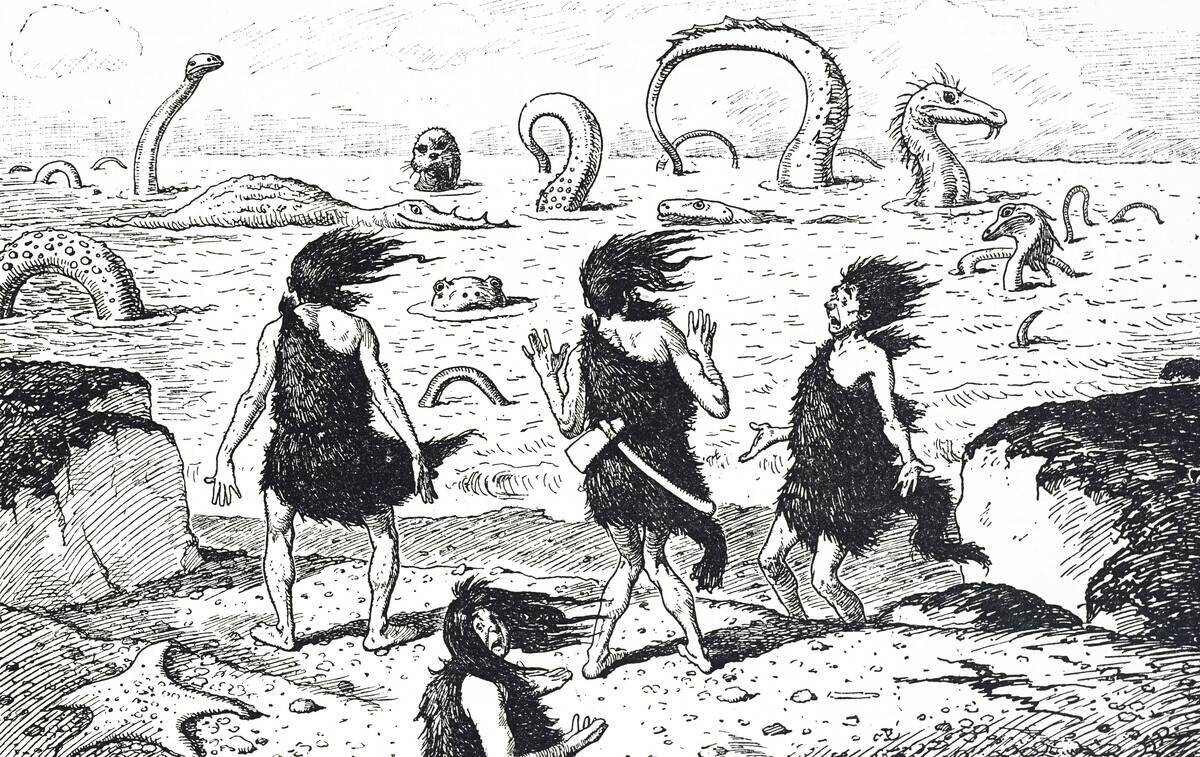
A. Pangean (Or proto-Pangean)
B. Australopithic
C. Indo-European (or Proto-Indo-European)
D. Pan-Neolithic
Answer: Indo-European (or Proto-Indo-European)
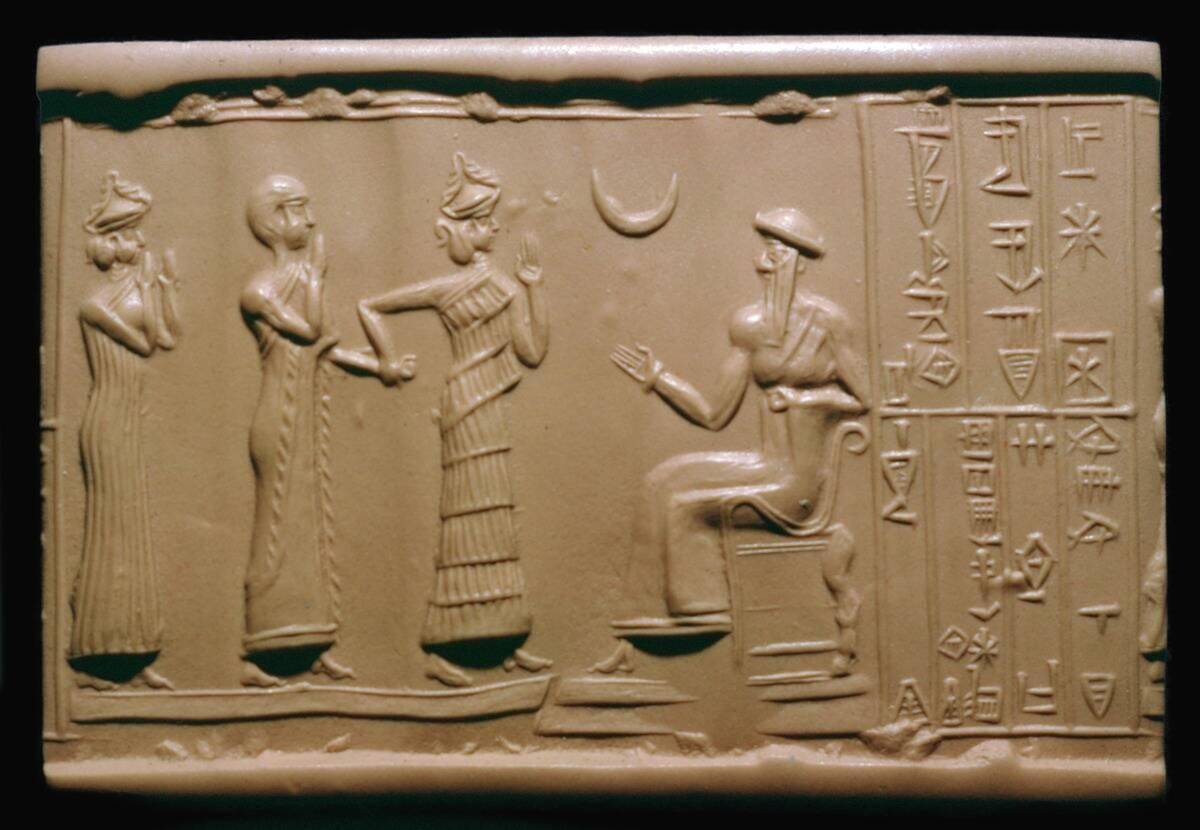
According to the American Association For The Advancement of Science, the similarities between hundreds of the world’s languages can be traced back to a common Indo-European tongue that either emerged 6,000 years ago in steppes north of the Black Sea or 8,000 years ago in what is now Turkey. These are rival hypotheses, and no clear winner has emerged between them, but the language is nonetheless considered the starting point for over 400 modern dialects.
What was the first-known code of law in human history?
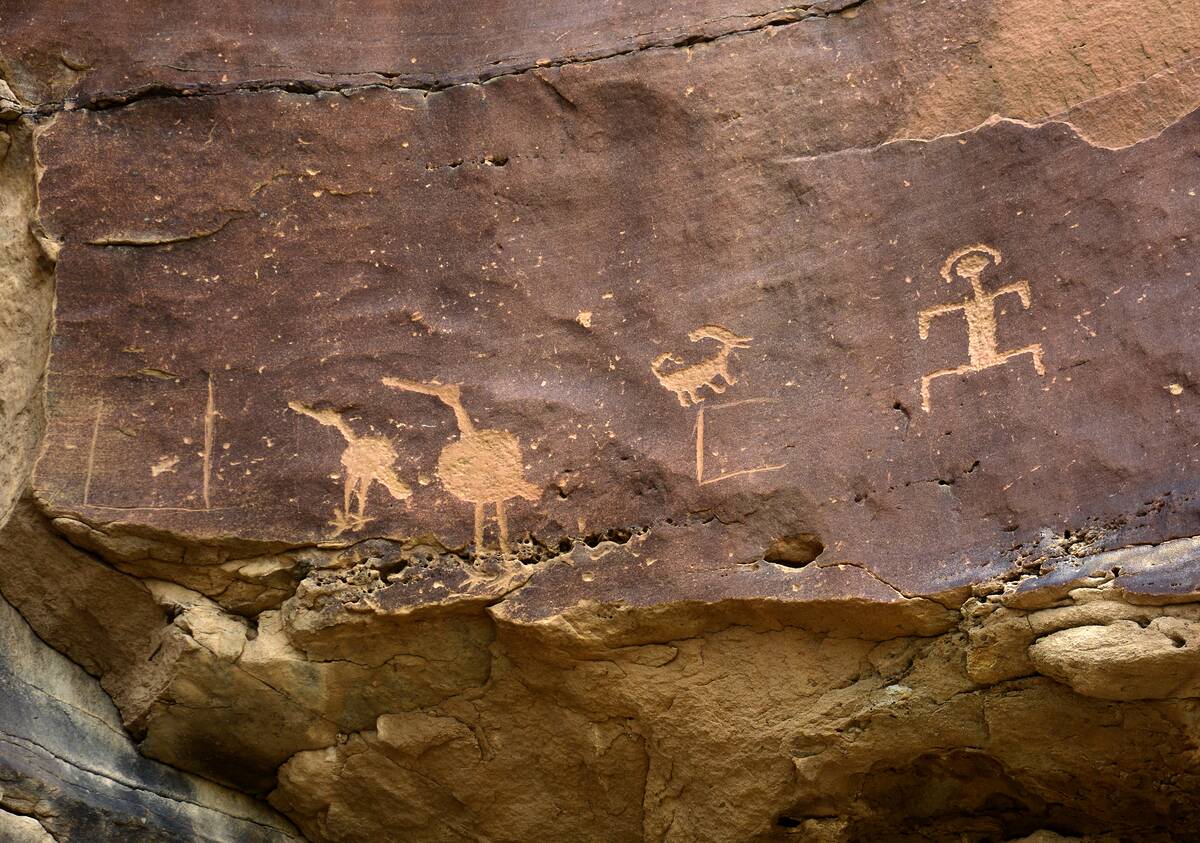
A. The Ten Commandments
B. Hammurabi’s Code
C. The Laws Of Ur-Nammu
D. The I Ching
Answer: The Laws Of Ur-Nammu

According to an online resource by Oxford University, the Laws of Ur-Nammu are a series of codes attributed to the Sumerian ruler Ur-Nammu between 2112 and 2095 BCE. Although only 40 of these inscribed laws have survived to the present day, the ones that were preserved dealt with marriage, property, and redress for offenses ranging from false accusations to homicide.
What metals were combined to name the famous “Bronze Age?”
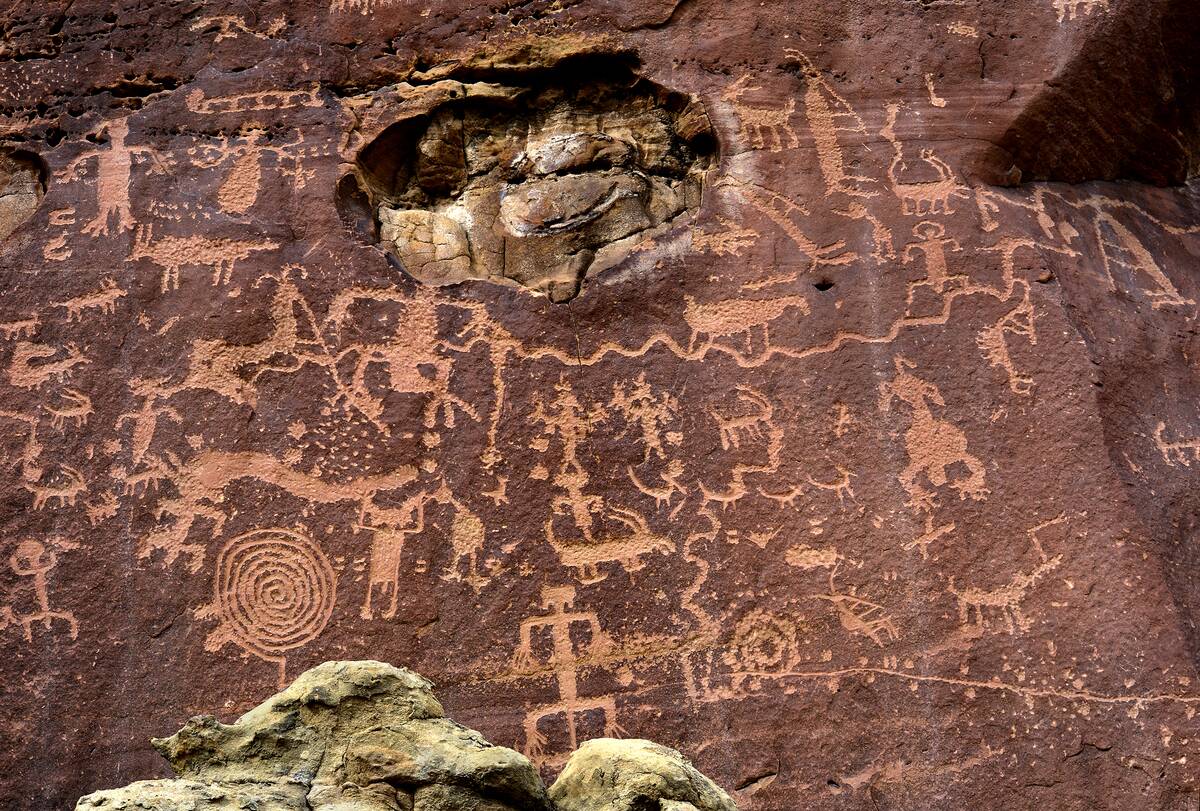
A. Iron and gold
B. Copper and tin
C. Steel and copper
D. Lead and gold
Answer: Copper and tin
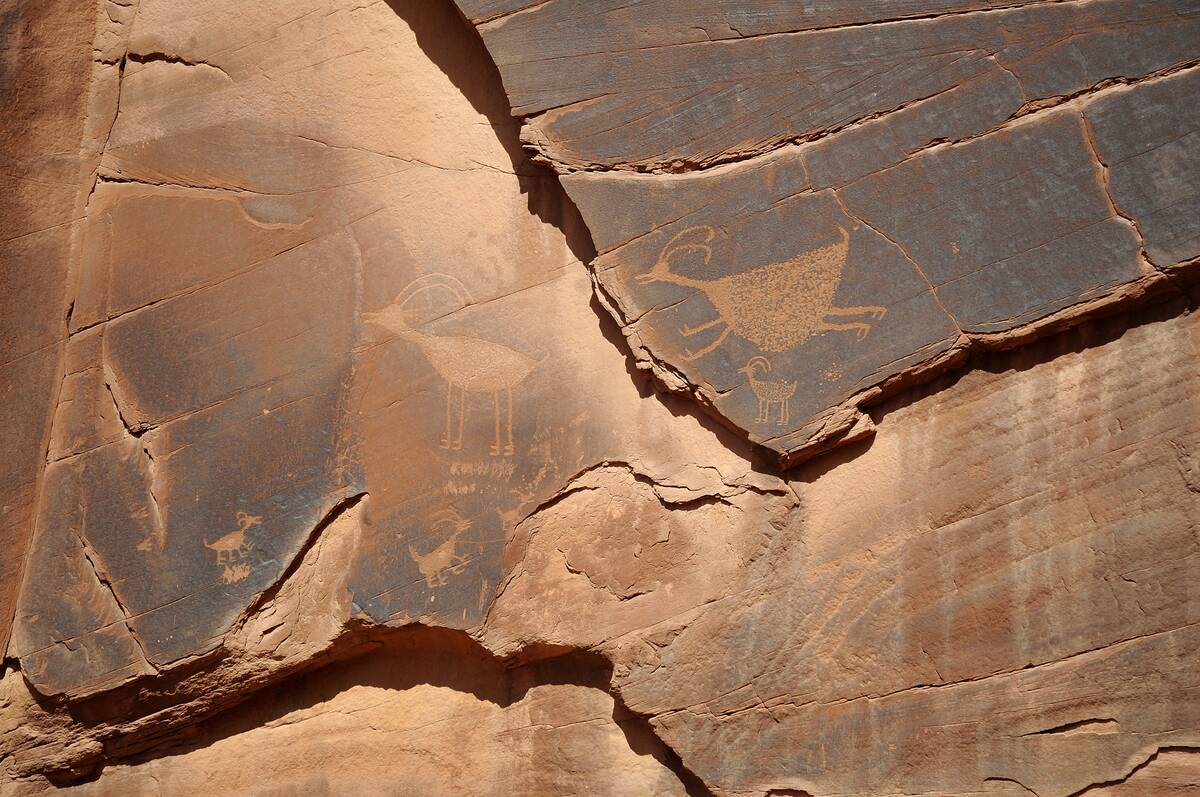
According to the History Channel, the bronze age came to Mesopotamia around 3,300 BCE when the ancient Sumerians first started adding tin to copper to create alloys. It would then come to Greece 300 years later and to what is now Great Britain and China in 1,900 BCE and 1,600 BCE, respectively.
What did the prehistoric surgery called Trepanation involve?

A. Drilling a hole into the head
B. Adjusting the spine
C. Connecting the shoulders
D. Incisions in the neck
Answer: Drilling a hole into the head
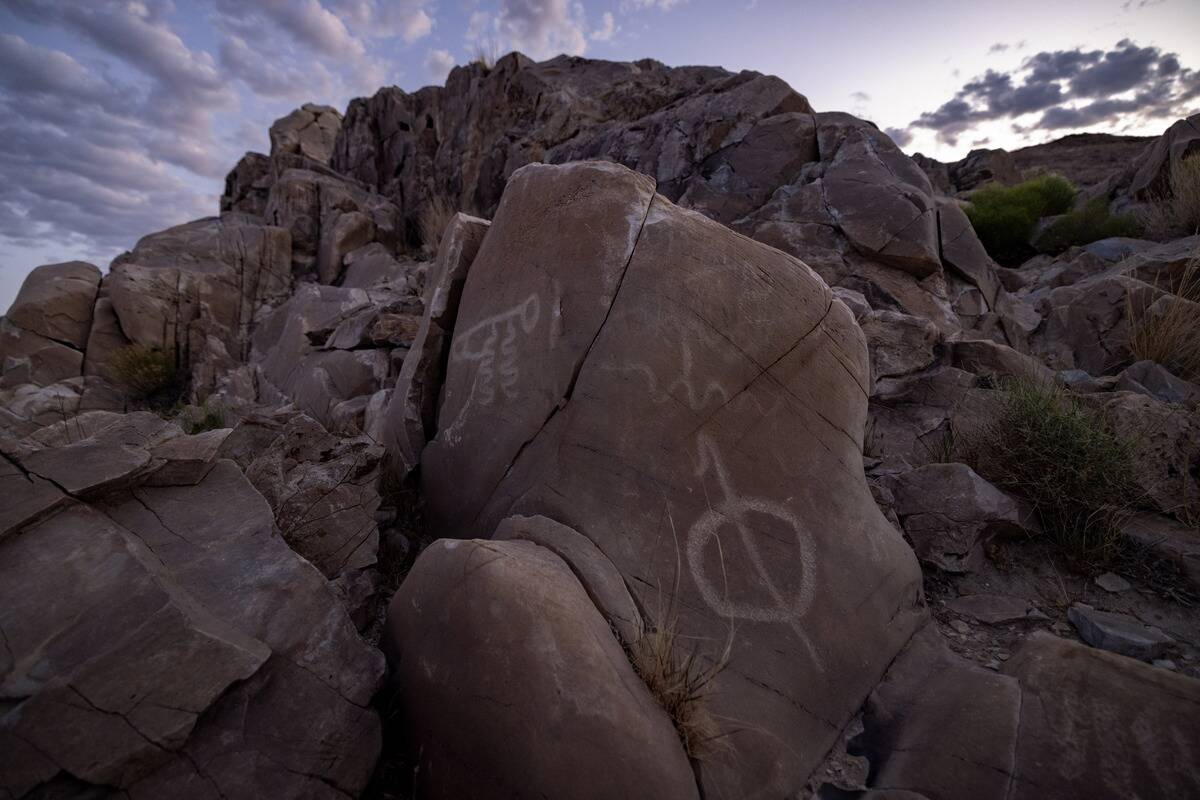
According to The MIT Press Reader, trepanation was practiced all over the world for millennia after the late Paleolithic period and even persisted into the 20th century in some places. It was thought to be able to treat a variety of severe head injuries and brain conditions but was a risky procedure that, at best, 10% of patients survived. Understandably, it’s considered highly ill-advised by medical institutions throughout the world nowadays.
The Lascaux paintings show horses, deer, cats, cows, and what?
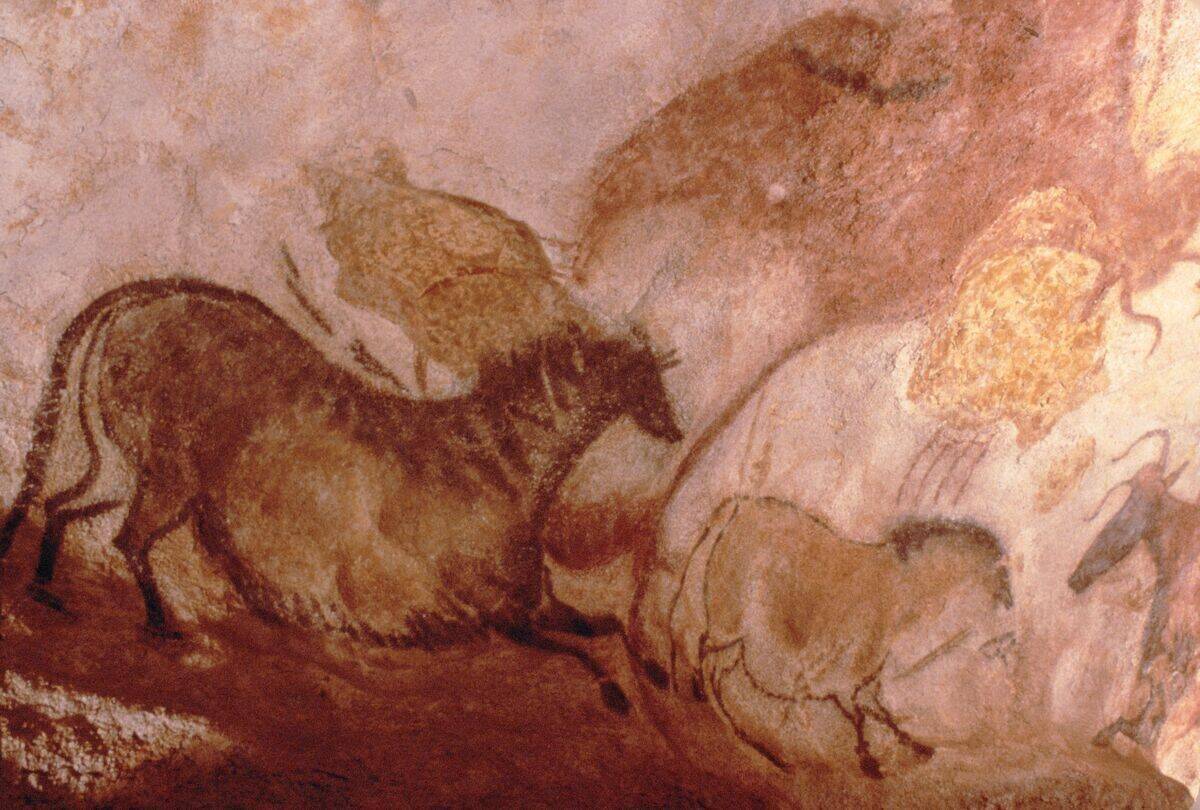
A. Dogs
B. Fish
C. Humans
D. Mythical creatures
Answer: Mythical creatures

According to the History Channel , France’s famous Lascaux caves feature prehistoric paintings depicting fairly detailed images of valued animals like horses, deer, and bovines, but there’s also a possible religious angle in its portrayal of mythical beasts. For instance, only one of the 600 paintings and 1,500 engravings features a humanoid being, and it has the head of a bird.
What is the Venus of Willendorf?

A. A 30,000-year-old symbolic statuette of a woman
B. A 650,000-year-old fragment of an ancient woman’s skull
C. A 12,000-year-old cave painting depicting a fertility goddess
D. A 25,000-year-old cave engraving of a flying woman
Answer: A 30,000-year-old symbolic statuette of a woman

According to a 2022 study in the
Scientific Reports
journal, the Venus of Willendorf is a roughly four-inch statuette of a female figure named for its discovery location in Austria. The figure is defined by the exaggerated bodily features of the woman shown. Since it was carved about 30,000 years ago, it’s unclear whether it’s supposed to depict a fertility goddess or a self-portrait.
What ancient civilization was known for colorful bead necklaces?
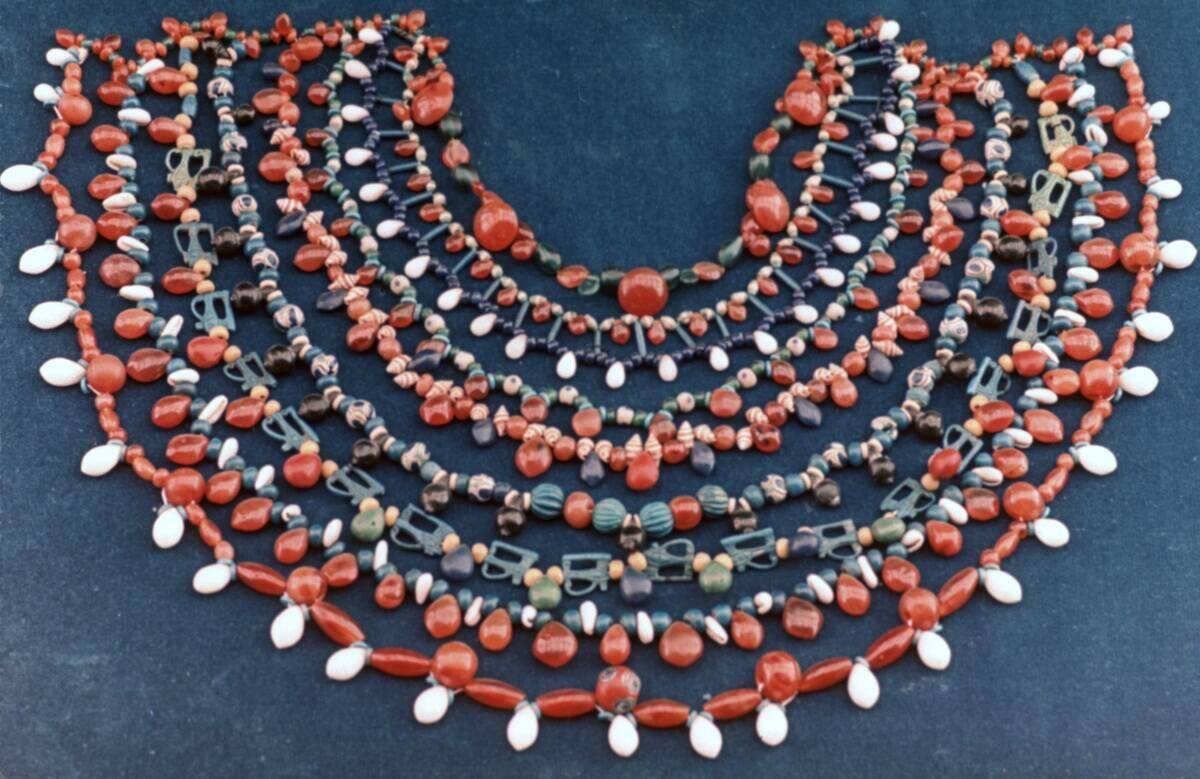
A. Mesopotamia
B. Indus
C. Ancient China
D. Ancient Egypt
Answer: Ancient Egypt
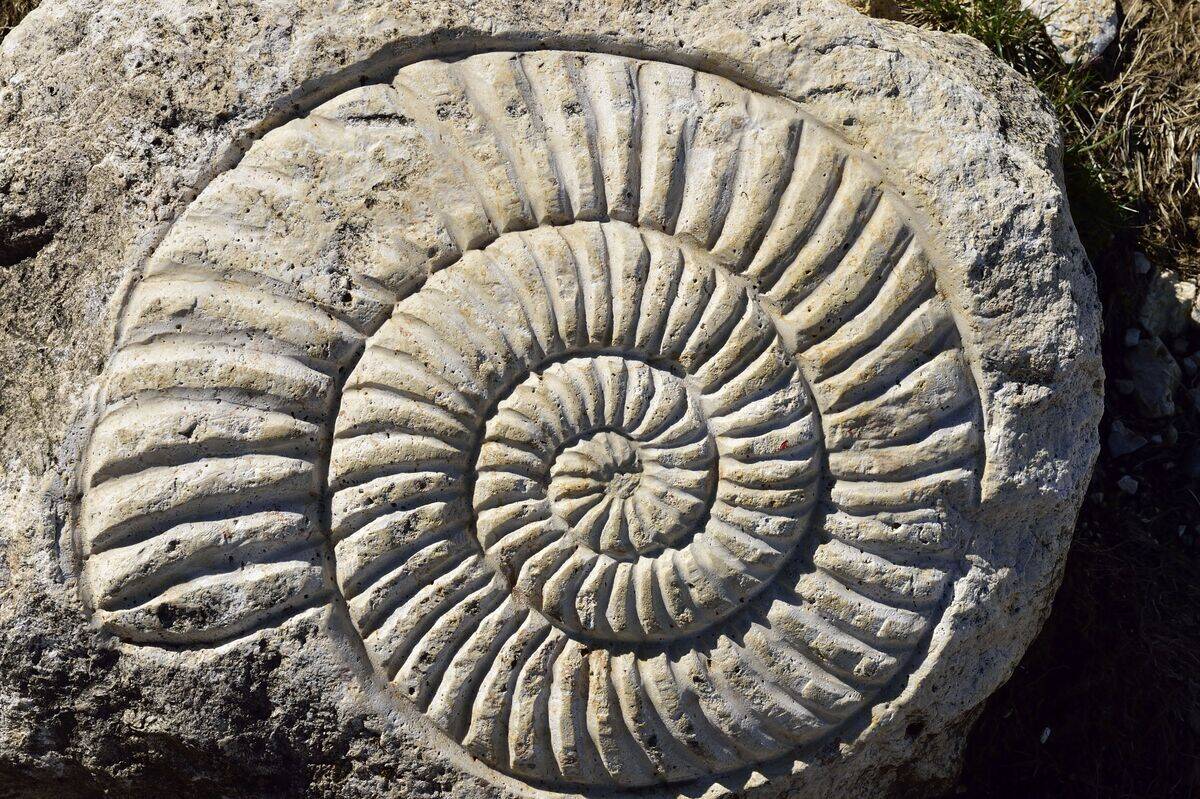
According to the International Gem Society, a popular necklace style in ancient Egypt featured elaborate webs of multi-colored gemstones, including amethyst, carnelian, turquoize, and green feldspar gemstones. Many of the stones they would’ve used remain popular in jewelry today.
What material made up the tips of the first spears humans used?
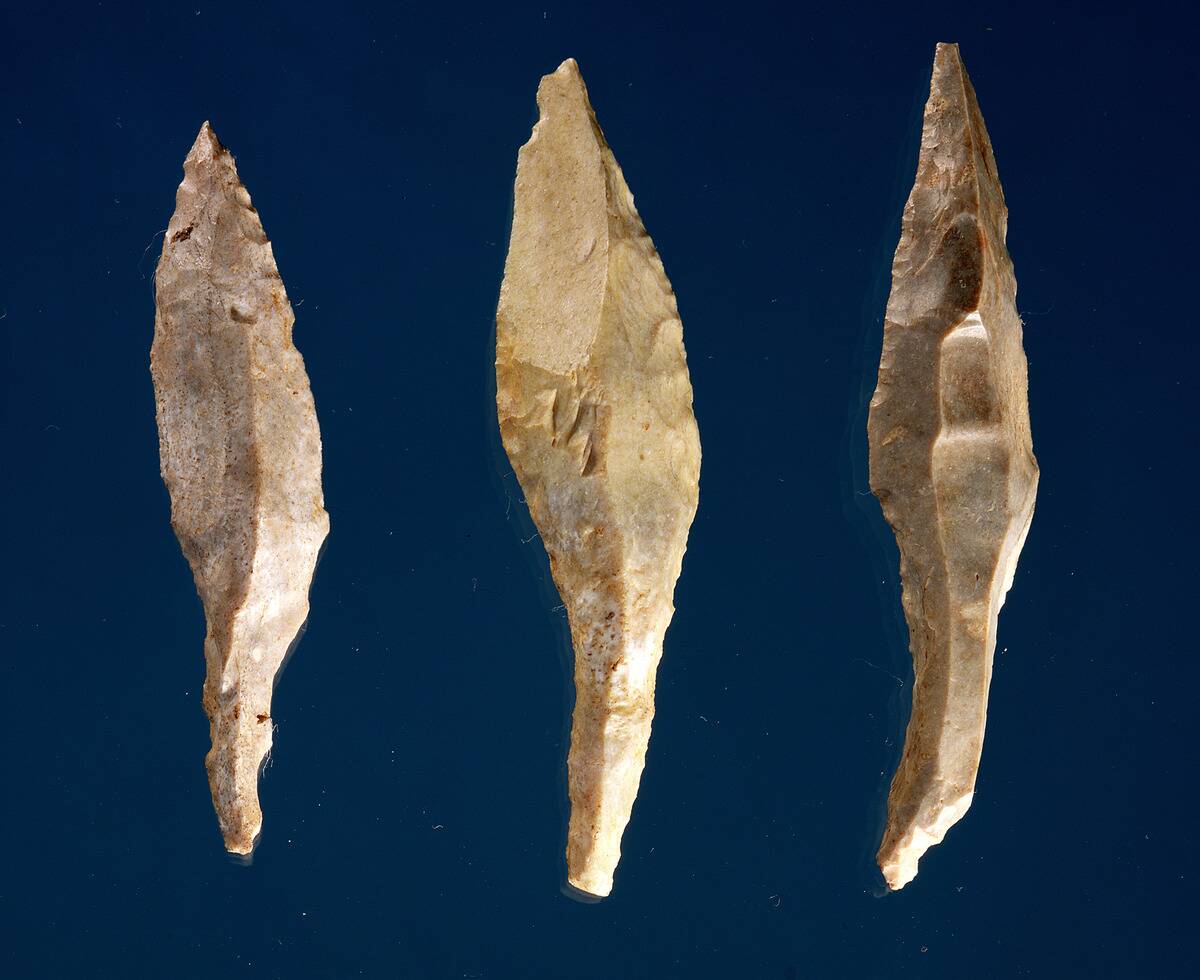
A. Bone
B. Wood
C. The answer remains unknown
D. Rock
Answer: Rock
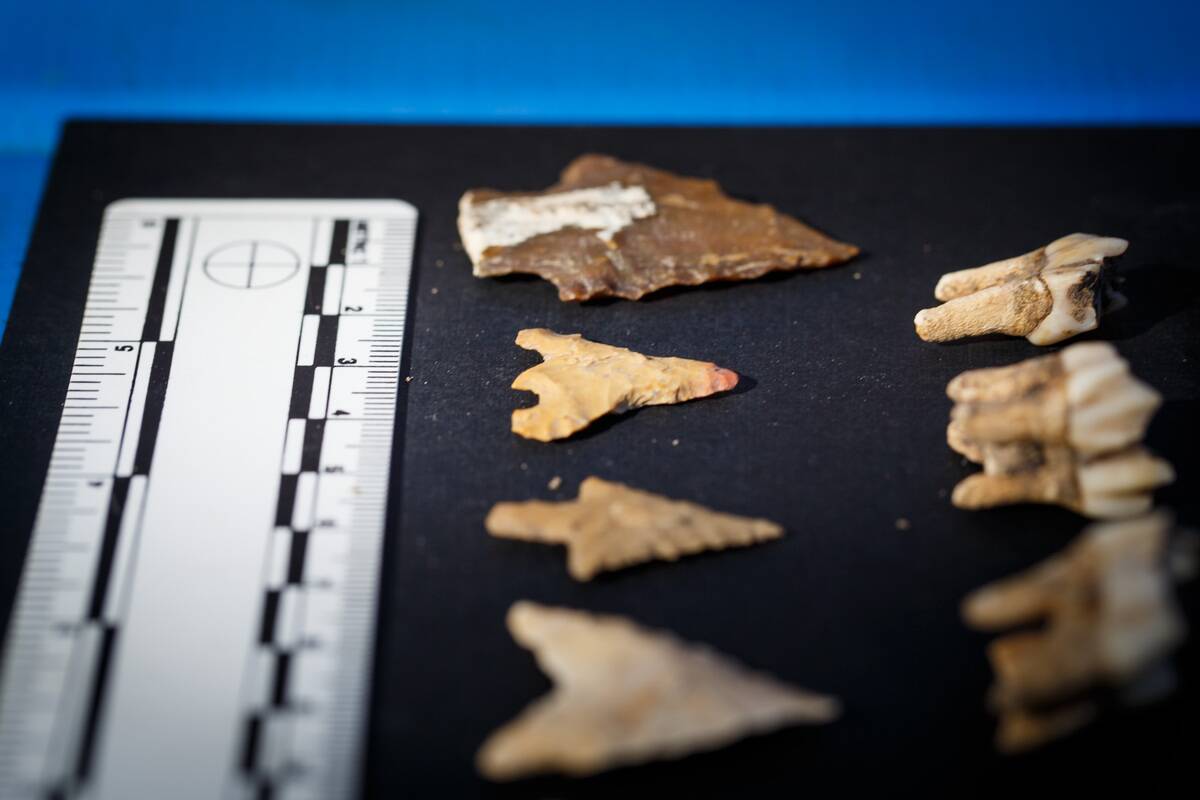
According to Science, it’s up for debate as to whether the use of spears in early hunting dates back 90,000 years or 500,000 years. But in either case, what scientists do agree on is that they were made in Africa and tipped with sharpened stones.
Which of these was the last object to be invented?
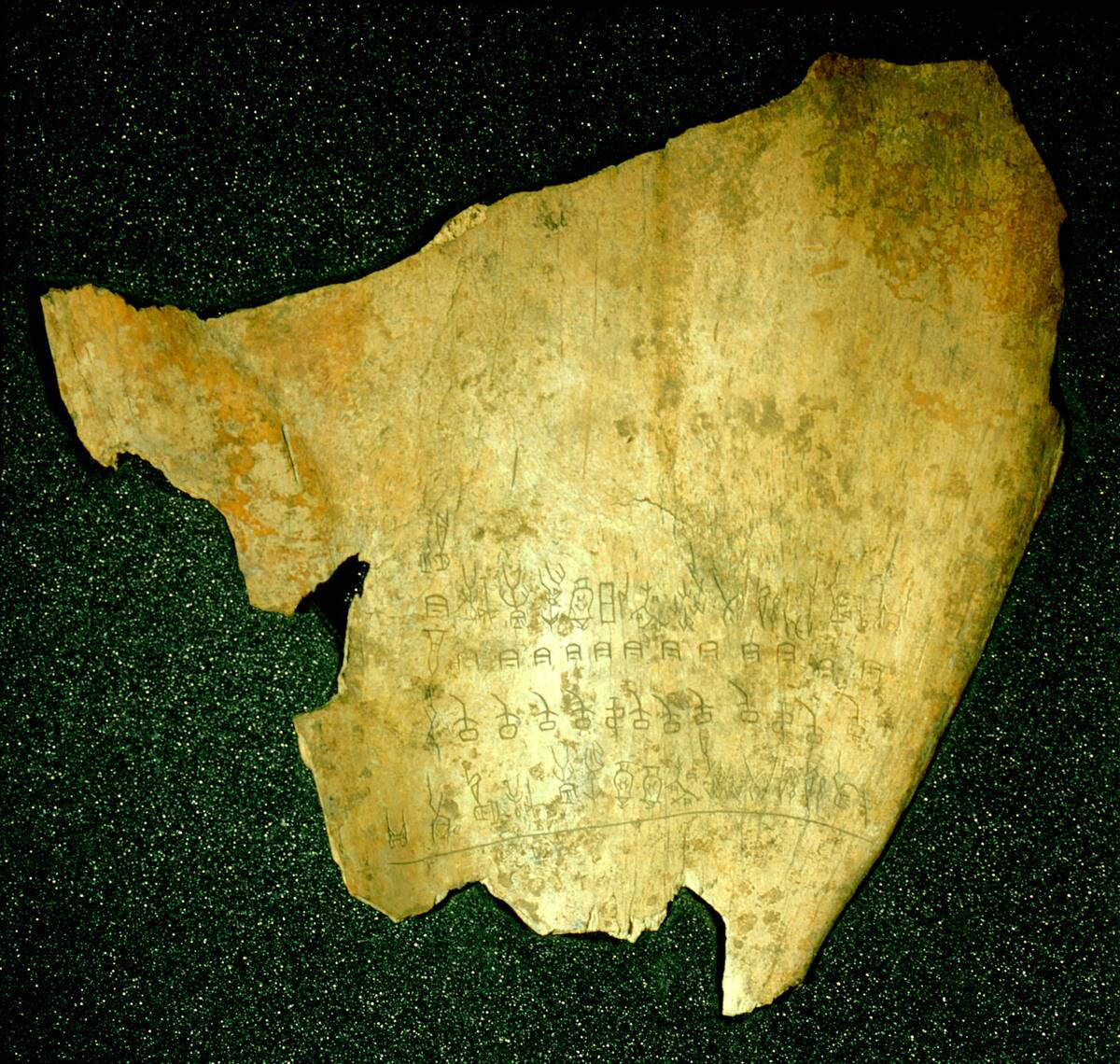
A. Flutes
B. Boats
C. Clothing
D. Wheels
Answer: Wheels

According to the Smithsonian Magazine, the pottery wheel was invented in approximately 3,500 BCE, about 300 years before it were used on chariots. For reference, that makes clothing, boats, and even flutes older than the wheel.
Who wore the world’s oldest-known tattoos?
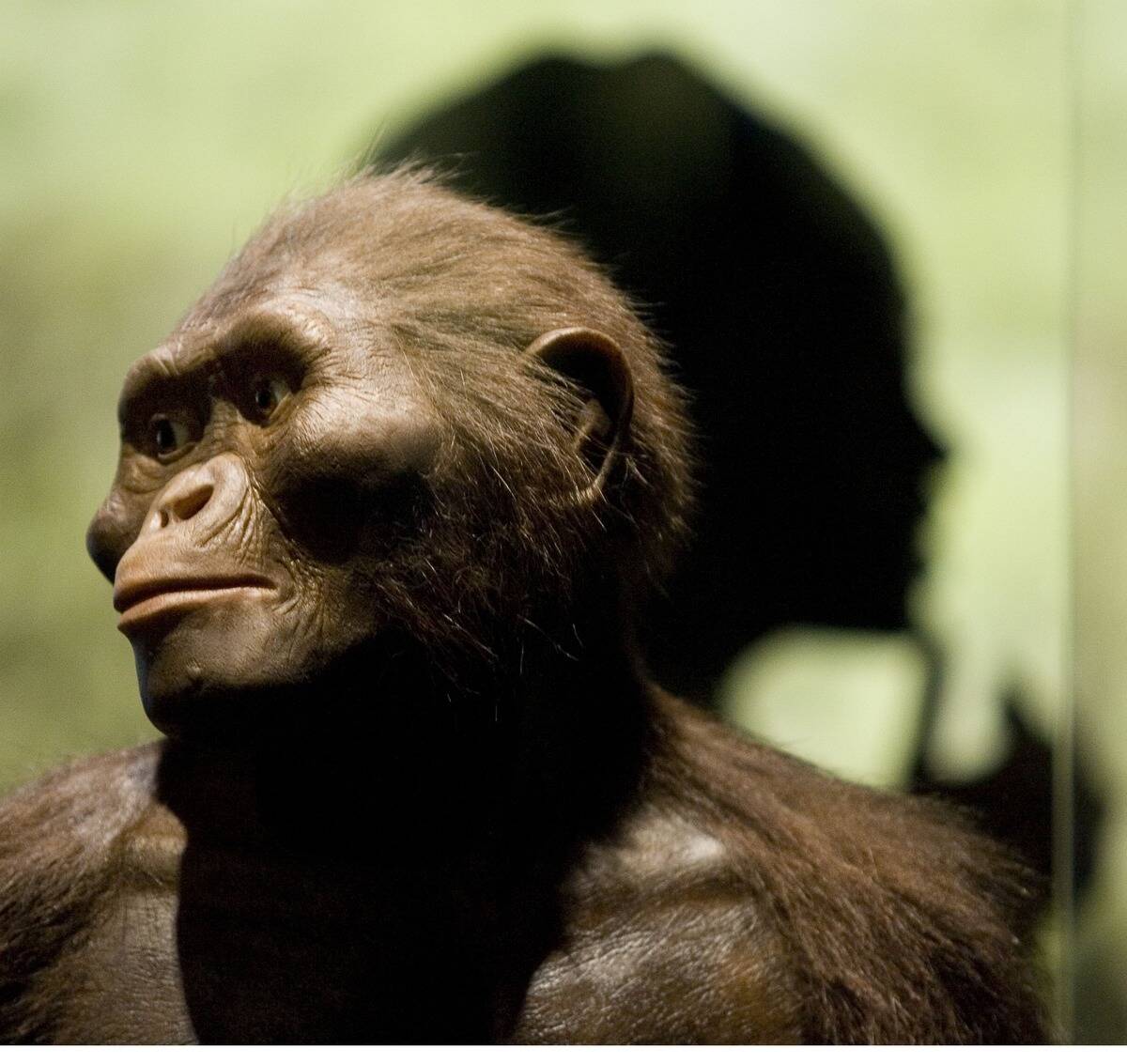
A. Ötzi the European “Iceman” from 3250 BCE
B. The South American “Chinchorro” mummy from 4,000 BCE
C. Chinese specimens from 1,000 BCE
D. Greek specimens from 500 BCE
Answer: Ötzi the European “Iceman” from 3250 BCE

Although the Smithsonian Institute noted that a “Chinchorro” mummy discovered with facial tattoos in El Morro, Chile, was believed to carry 4,000-year-old tattoos, further examination determined that this age was the result of a dating error. Ötzi is now officially recognized as 500 years older than the Chinchorro mummy, and his remarkably well-preserved skin bears 61 tattoos.
Where was the oldest known depiction of a human found?

A. Botswana
B. Germany
C. Turkey
D. Ethiopia
Answer: Germany
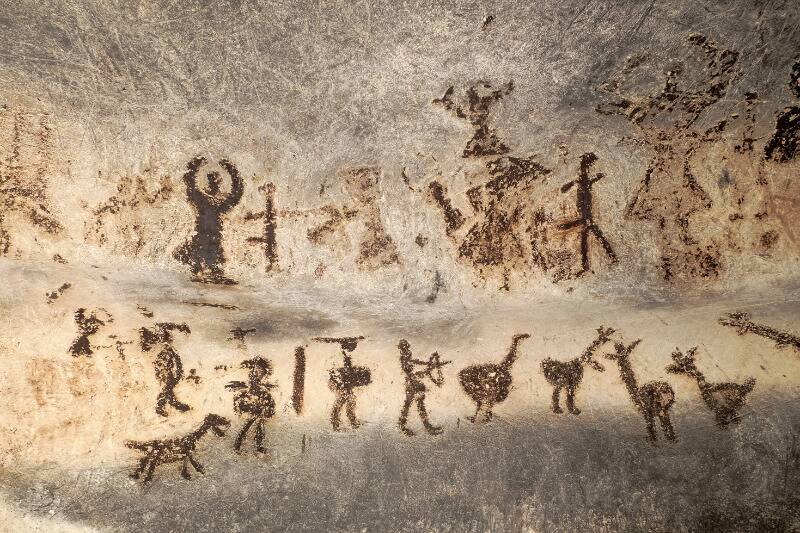
As CNN reported, the 2.3-inch Venus of Hohle Fels sculpture is approximately 43,000 years old and marks the oldest depiction of a human being yet discovered. The statuette is clearly primitive, to say the least, but it still made a landmark discovery when it and other pieces of early human art were uncovered in southern Germany.
What evidence is there that humans and Neanderthals interbred?

A. Graves that featured the two cuddling together
B. Surprisingly graphic cave paintings
C. Archaeologists put fossils of both under a blacklight
D. Traces of Neanderthal DNA in modern humans
Answer: Traces of Neanderthal DNA in modern humans
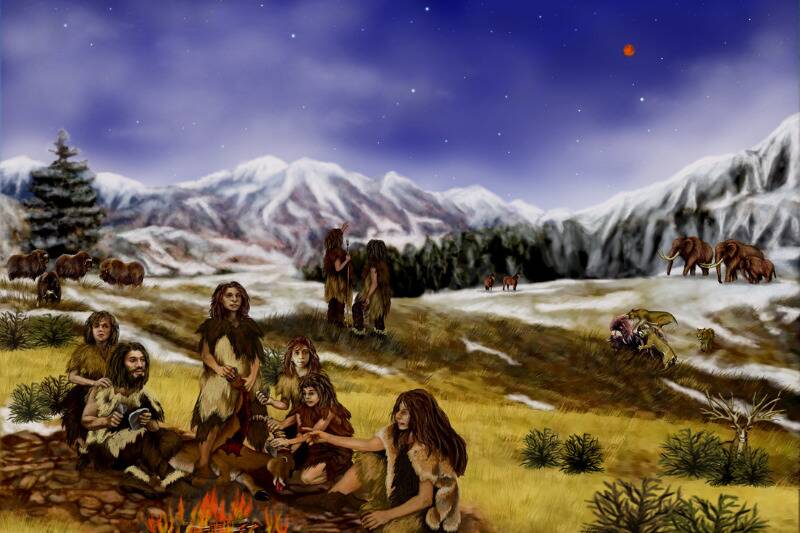
According to a 2019 study in Nature Ecology and Evolution, researchers discovered portions of the Neanderthal genome in non-African people living today. They also found that the likelihood of carrying Neanderthal DNA varied from region to region, as it was 12% to 20% more commonly found in individuals in East Asia compared to their European counterparts.
When did construction on Stonehenge begin?

A. About 5,000 years ago
B. About 6,000 years ago
C. About 2,500 years ago
D. About 1,900 years ago
Answer: About 5,000 years ago
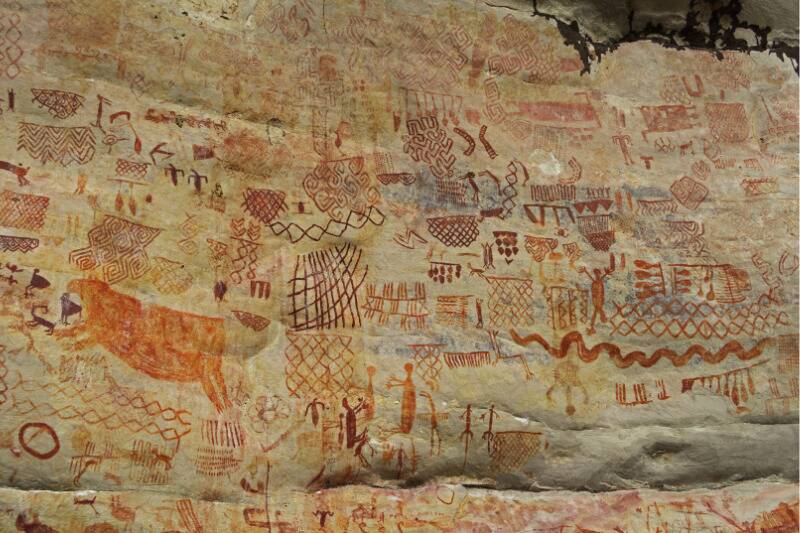
Although the purpose for constructing England’s famously ancient monument remains mysterious, NBC News reported that researchers estimated the first building attempt as taking place 5,000 years ago. They also found that Stonehenge’s builders had settled in England 6,000 years ago after migrating from Turkey.
What is Cuneiform?

A. A character in the first Sumerian children’s story
B. The oldest form of writing
C. An ancient Mesopotamian ruler
D. An early farming technique
Answer: The oldest form of writing
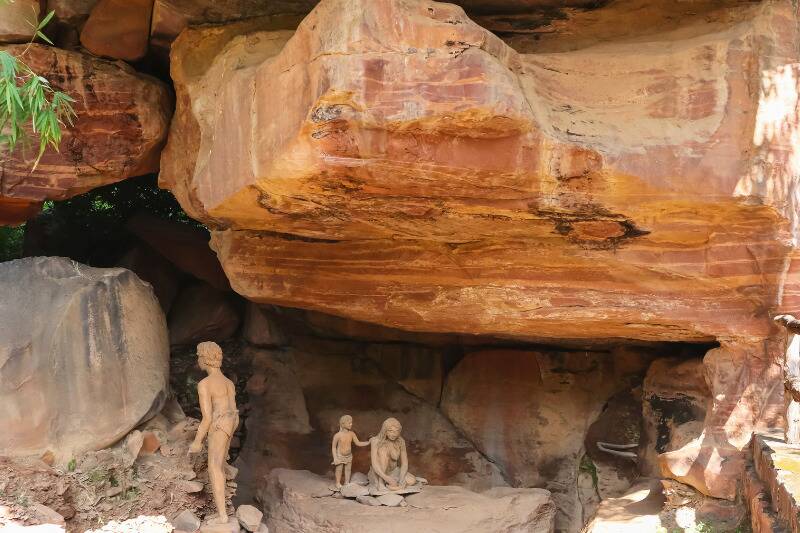
According to the British Museum, Cuneiform isn’t a language but rather a writing system comprised of between 600 and 1,000 characters. It was developed in 3,200 BCE in what is now Iraq and spread throughout the Middle East, remaining in use until the first century CE.
Where is a complex network of ancient underground cities found?

A. Russia
B. South Africa
C. Turkey
D. Indonesia
Answer: Turkey
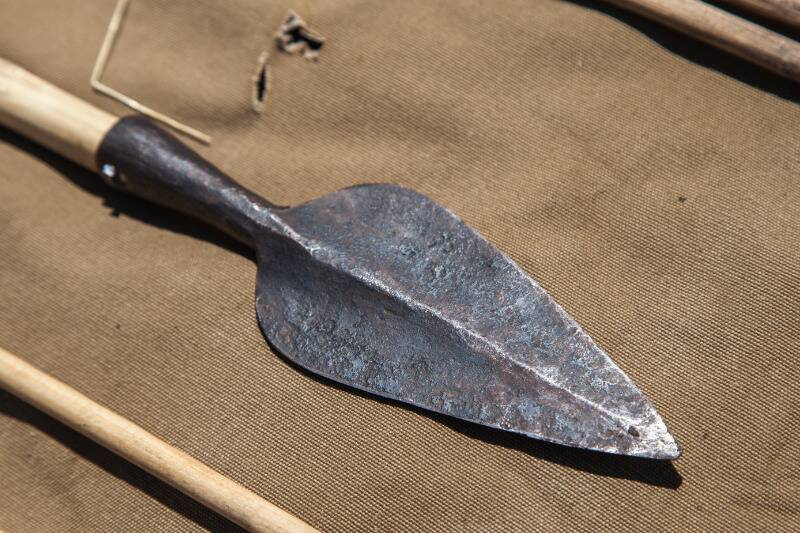
According to the History Channel , Turkey’s Cappadocia region is home to multiple underground cities built during the 8th Century BCE, likely by either the Hittites or the Phrygians. The largest of these cities was Derinkuyu, a self-contained and sophisticated metropolis that could have sustained about 20,000 ancient people. The Cappadocia caves were likely constructed as a secret shelter to deter invasion and the elements. It was accidentally discovered in the 1960s by a man trying to renovate his home.
Which ancient culture built elaborate stone temples in Malta?
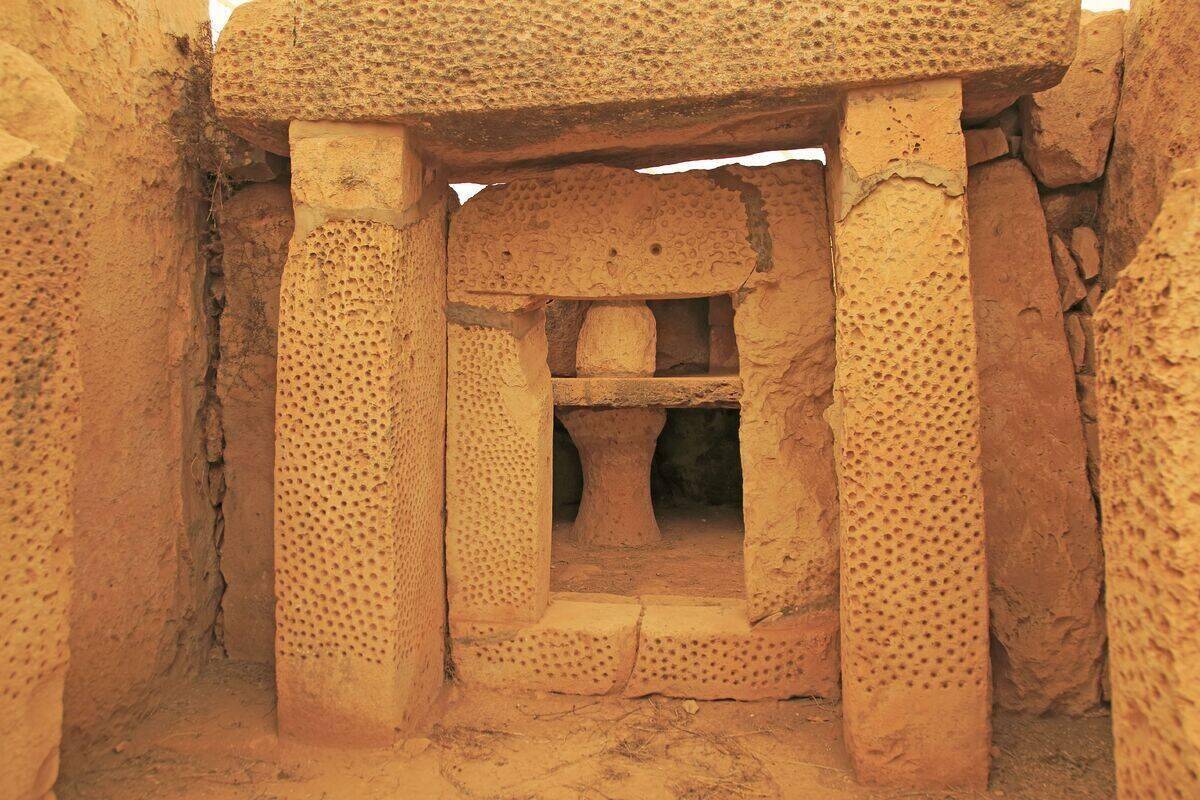
A. Phoenicians
B. Romans
C. Sicani
D. Carthaginians
Answer: Sicani

According to Malta.com, the Sicani were an ancient Mediterranean culture that came to Malta from Sicily in approximately 5,000 BCE. They joined together in a cult devoted to fertility, which inspired them to construct massive temples called Ggantija, Hagar Qim, and Mnajdra (shown here) between 4,000 BCE and 2,500 BCE.
What does Mesopotamia actually mean?
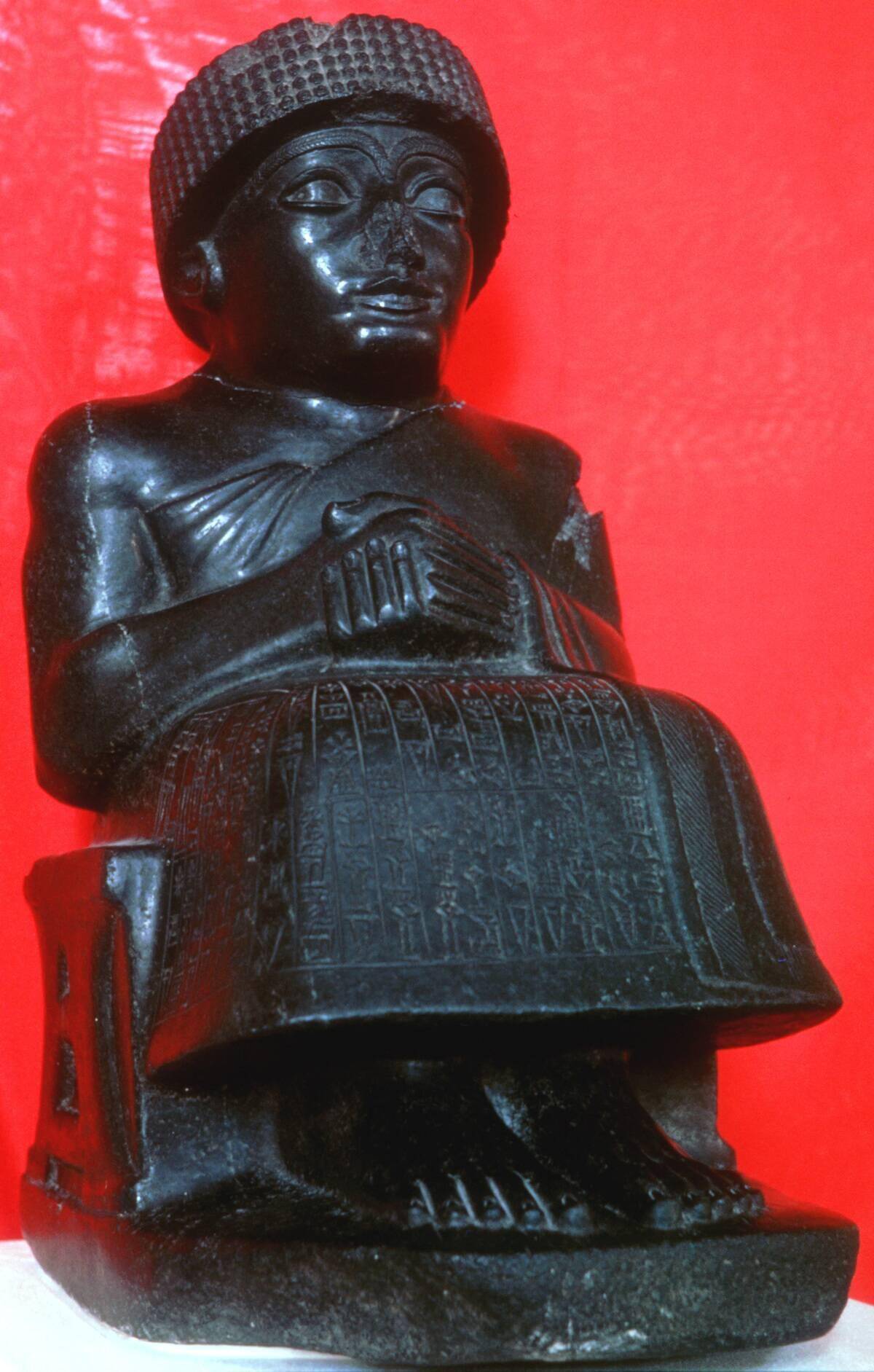
A. “The world’s beginning”
B. “Between rivers”
C. “Cradle of life”
D. “Middle Earth”
Answer: “Between rivers”
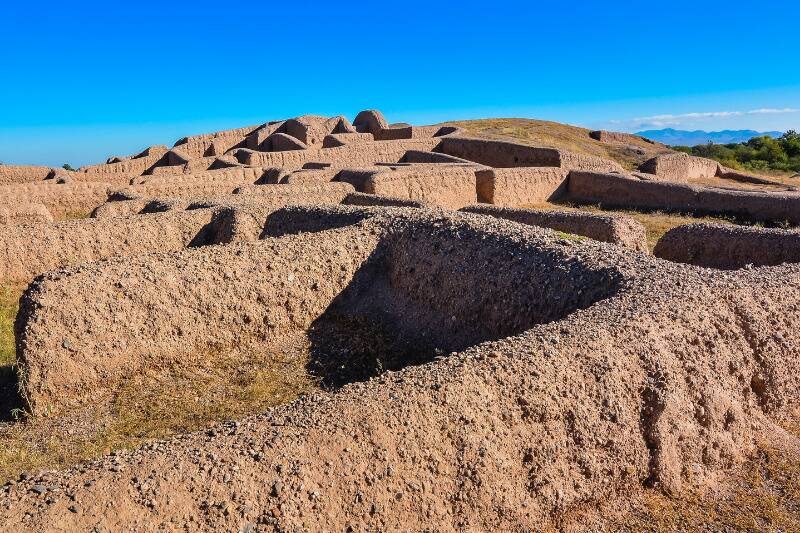
Although Mesopotamia has critical importance to early history as one of humanity’s first civilizations, National Geographic explained that its name is simply a reference to its position in the Tigris-Euphrates river system. Hence, “between rivers.”
What animal were two Paleolithic people found with in Germany?
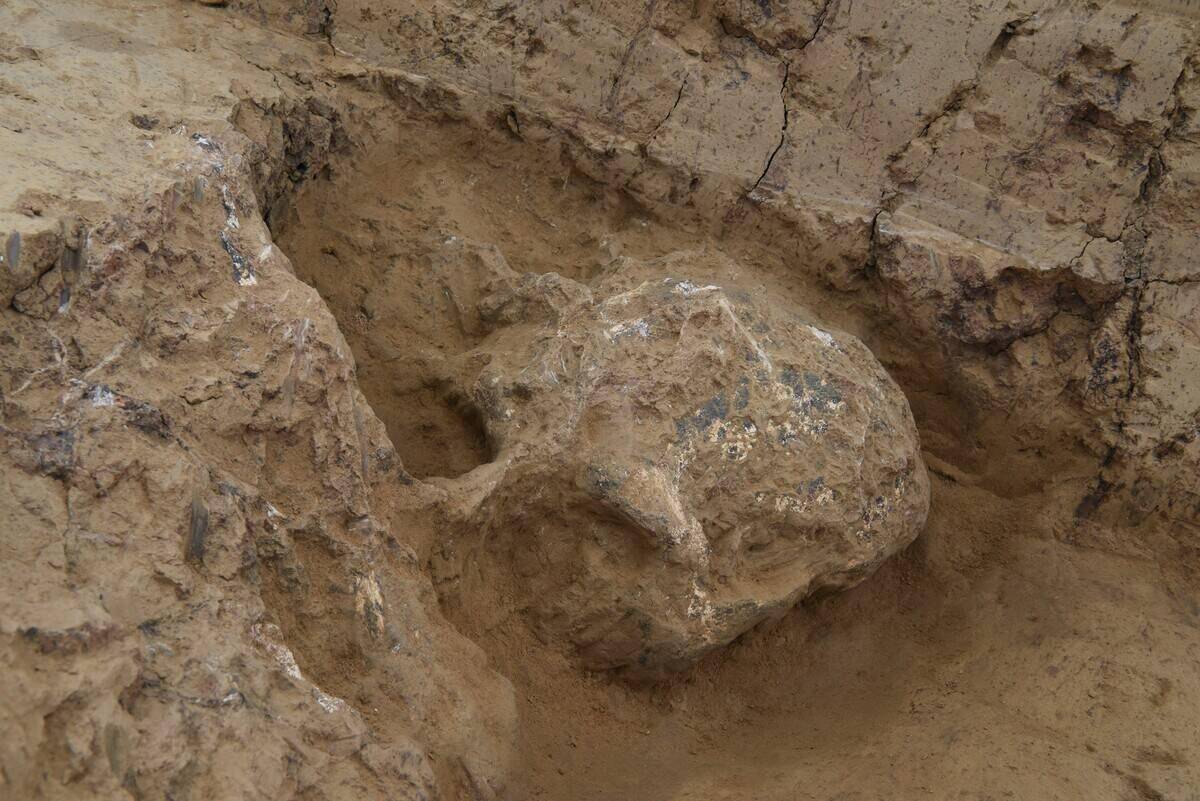
A. Cat
B. Dog
C. Mammoth
D. Monkey
Answer: Dog

According to National Geographic, workers in 1914 inadvertently discovered a grave in Oberkassel, Germany, that dated back to the Paleolithic era. Alongside the remains of a 14,000-year-old man and woman was a dog fossil. As far as researchers could tell, this marked some of the earliest evidence of pet domestication, as the dog showed signs of being well cared for by the human couple.











